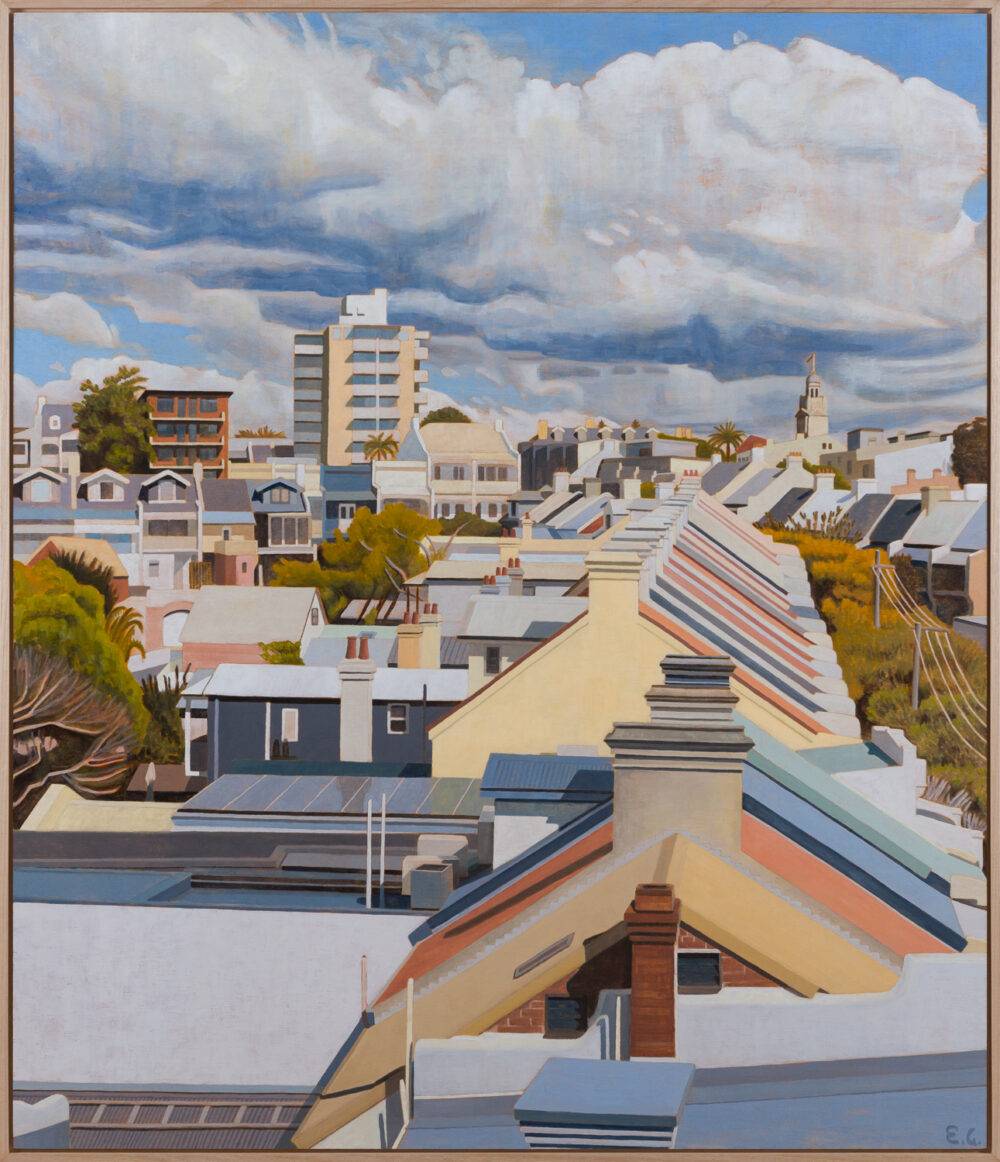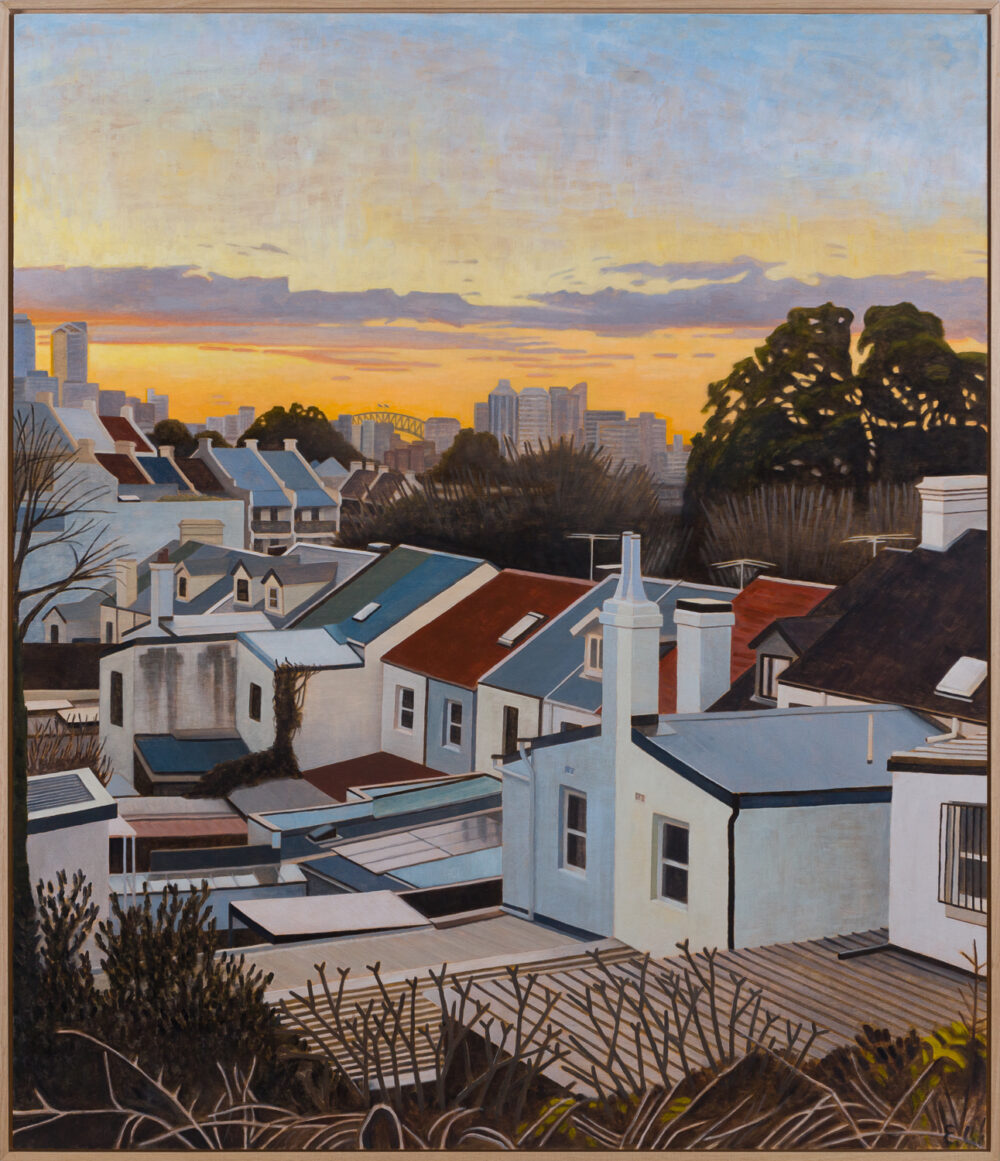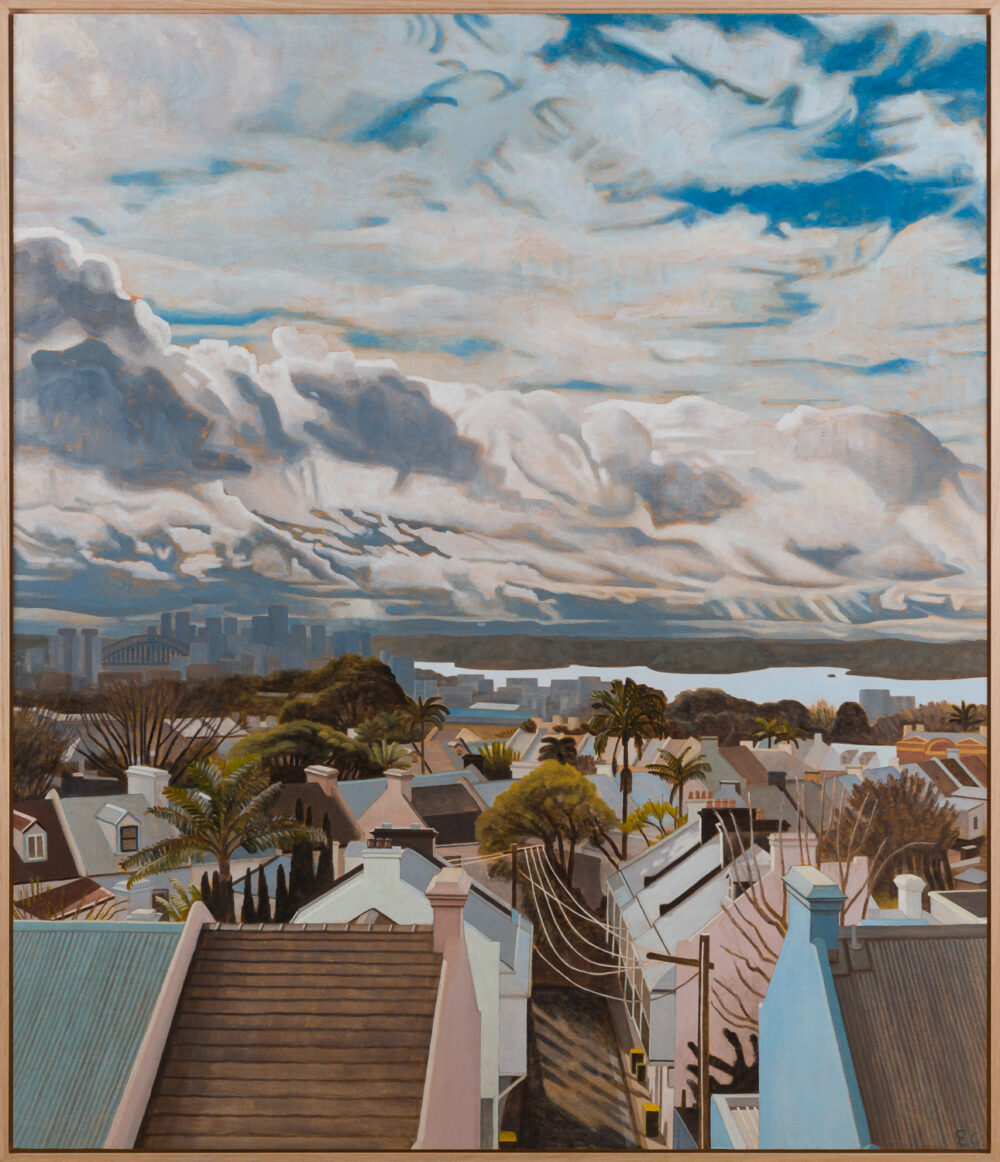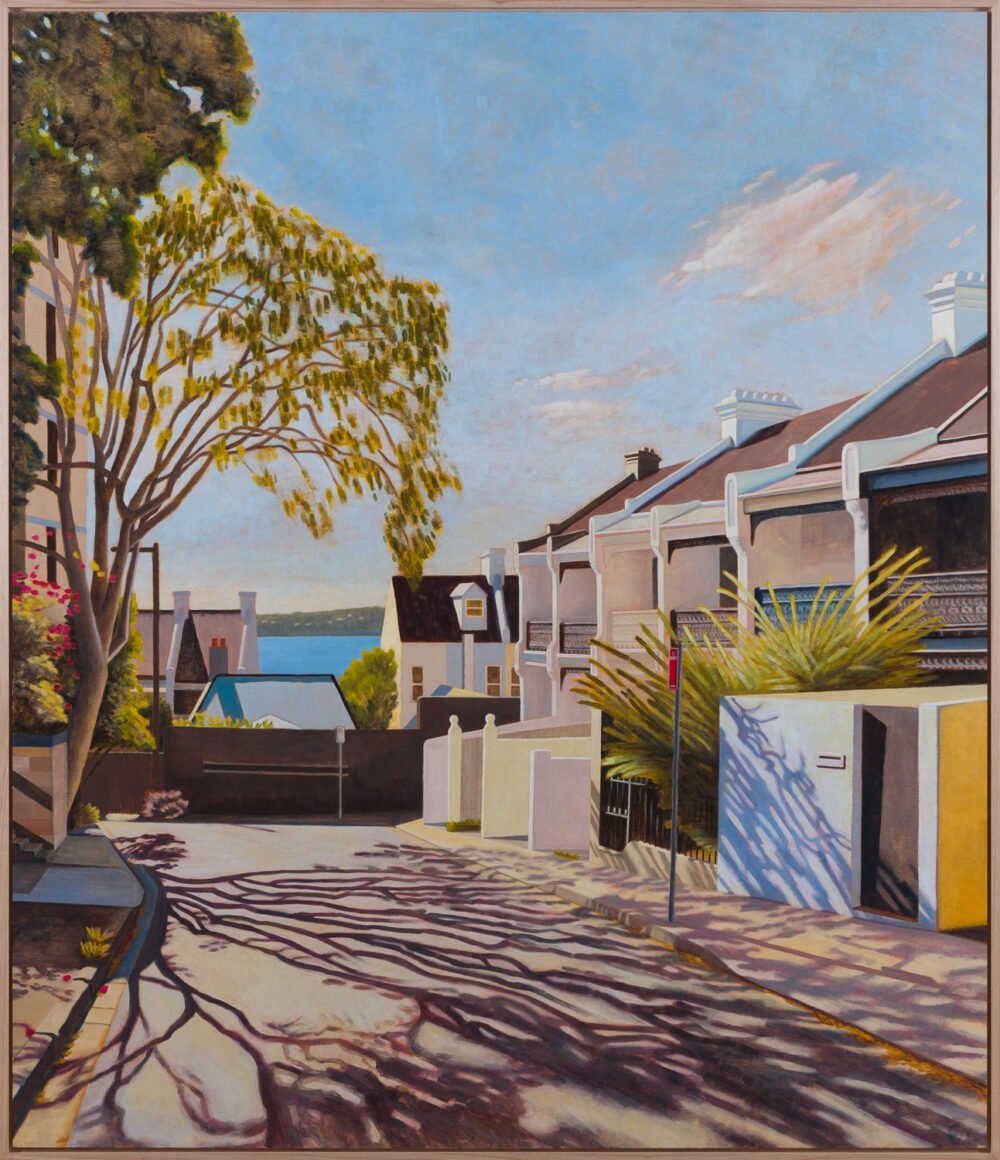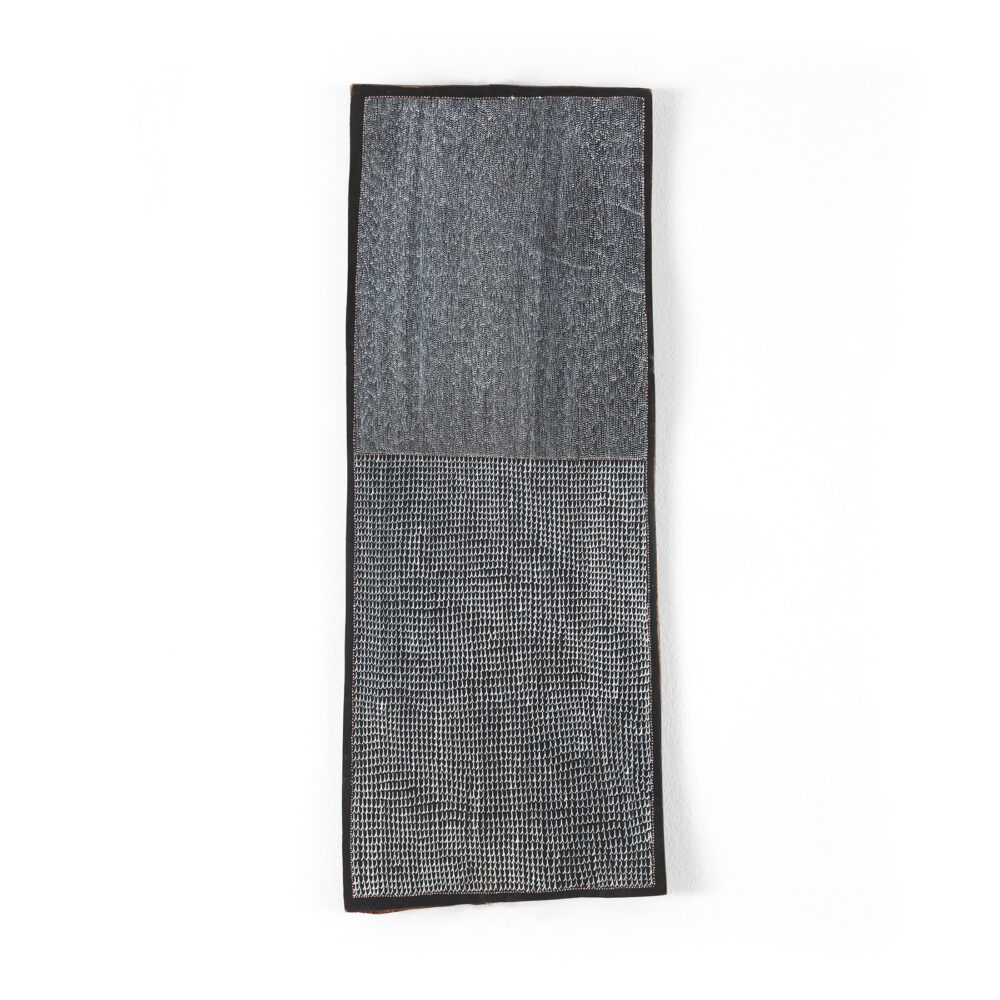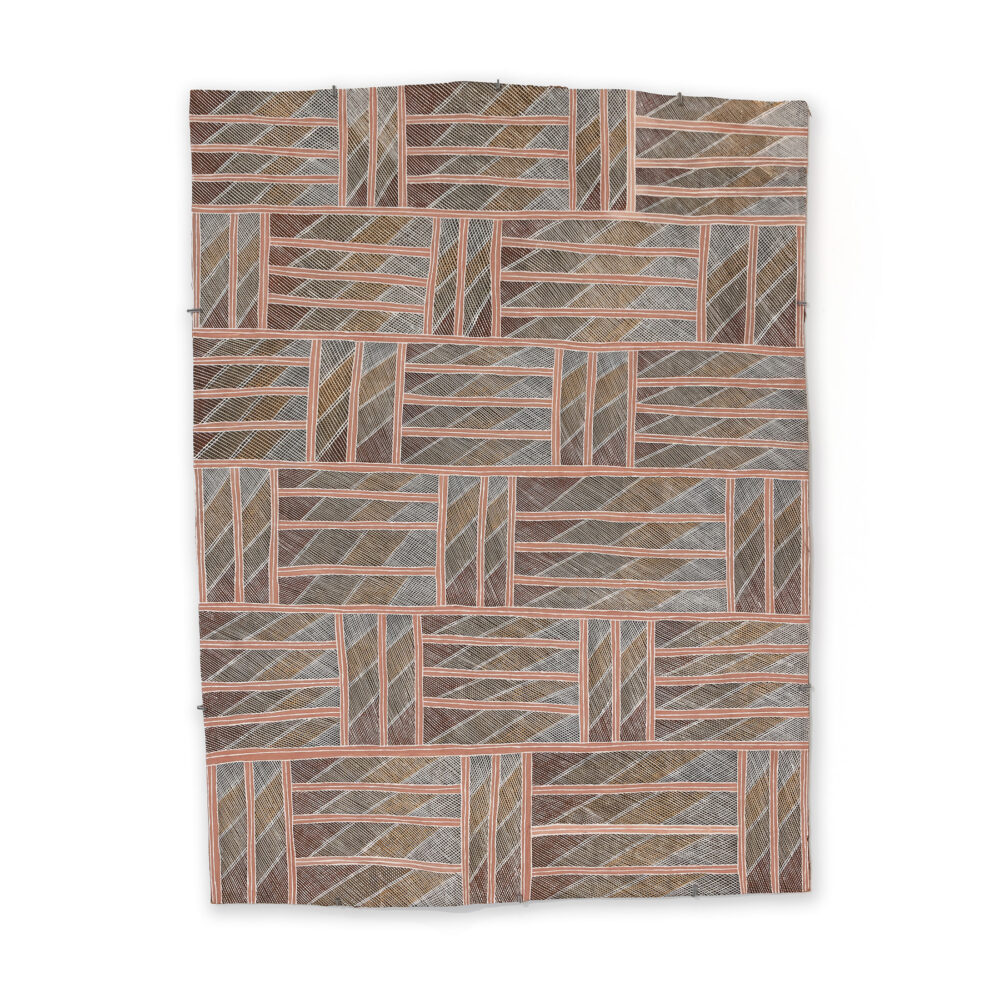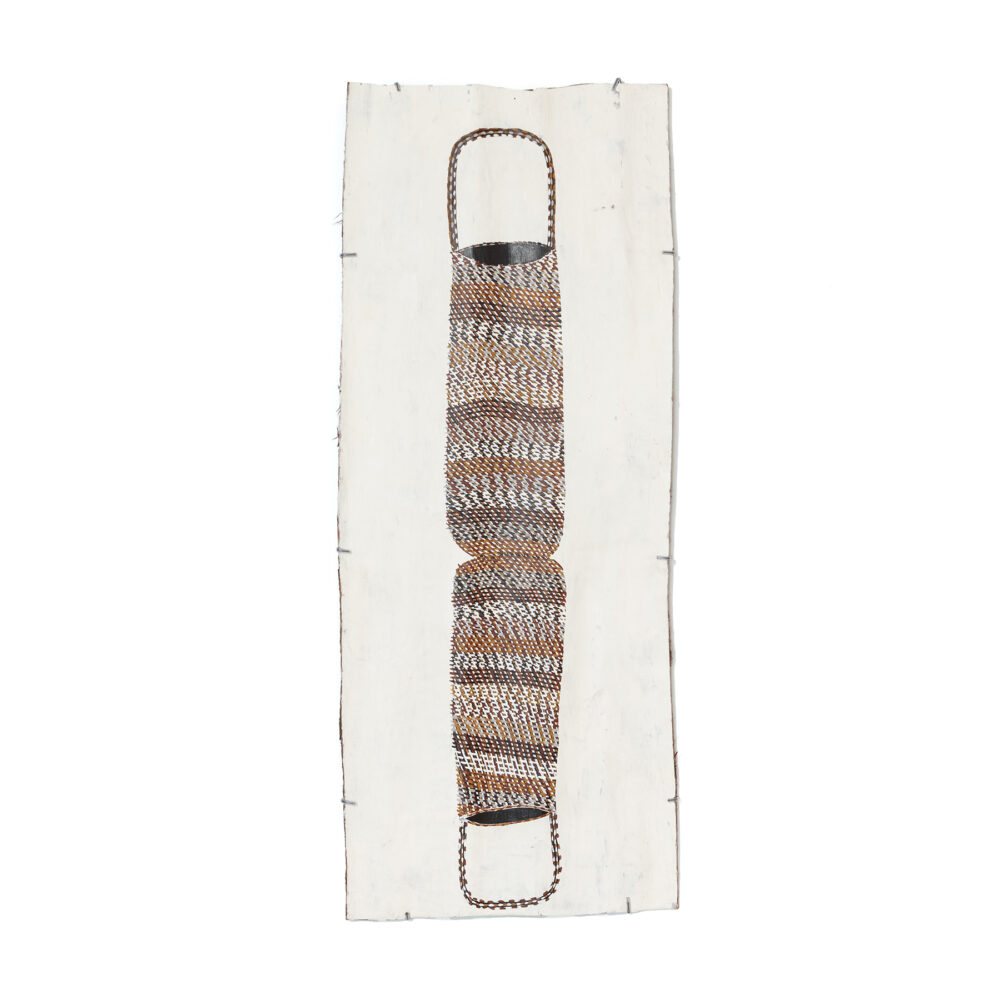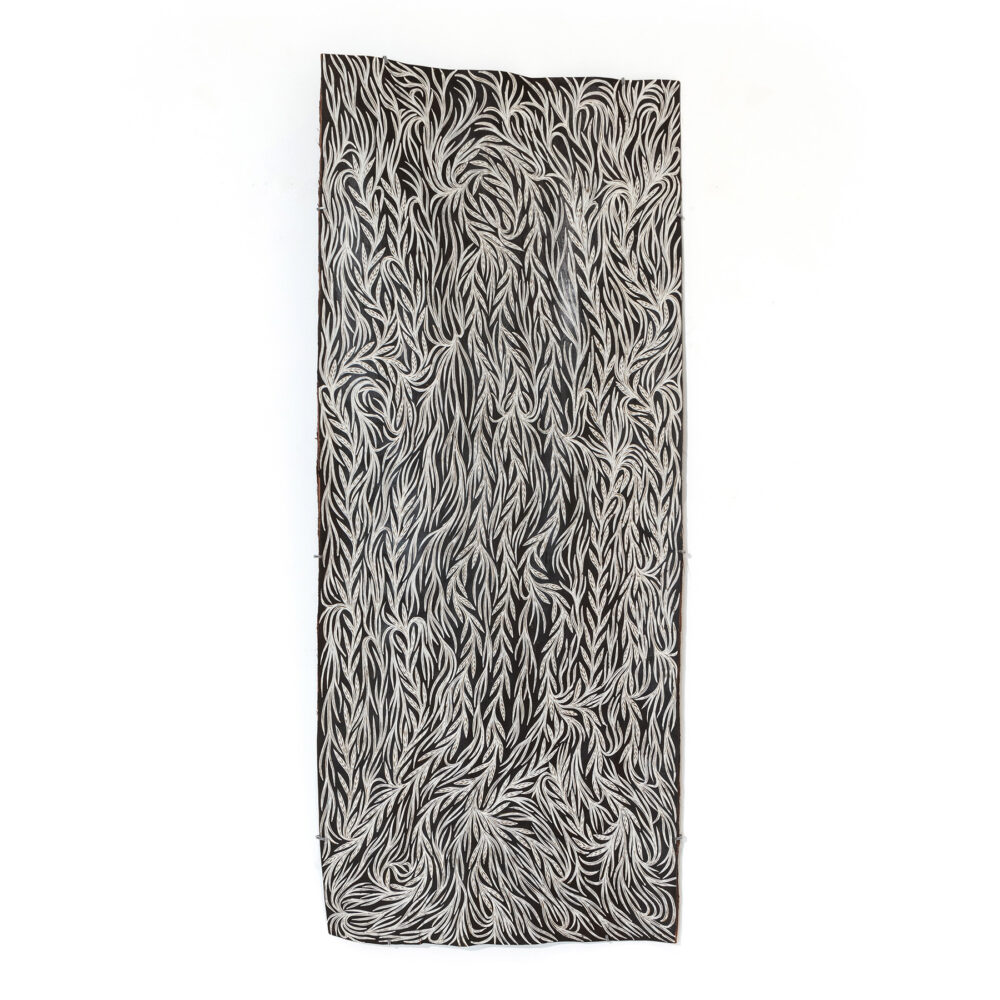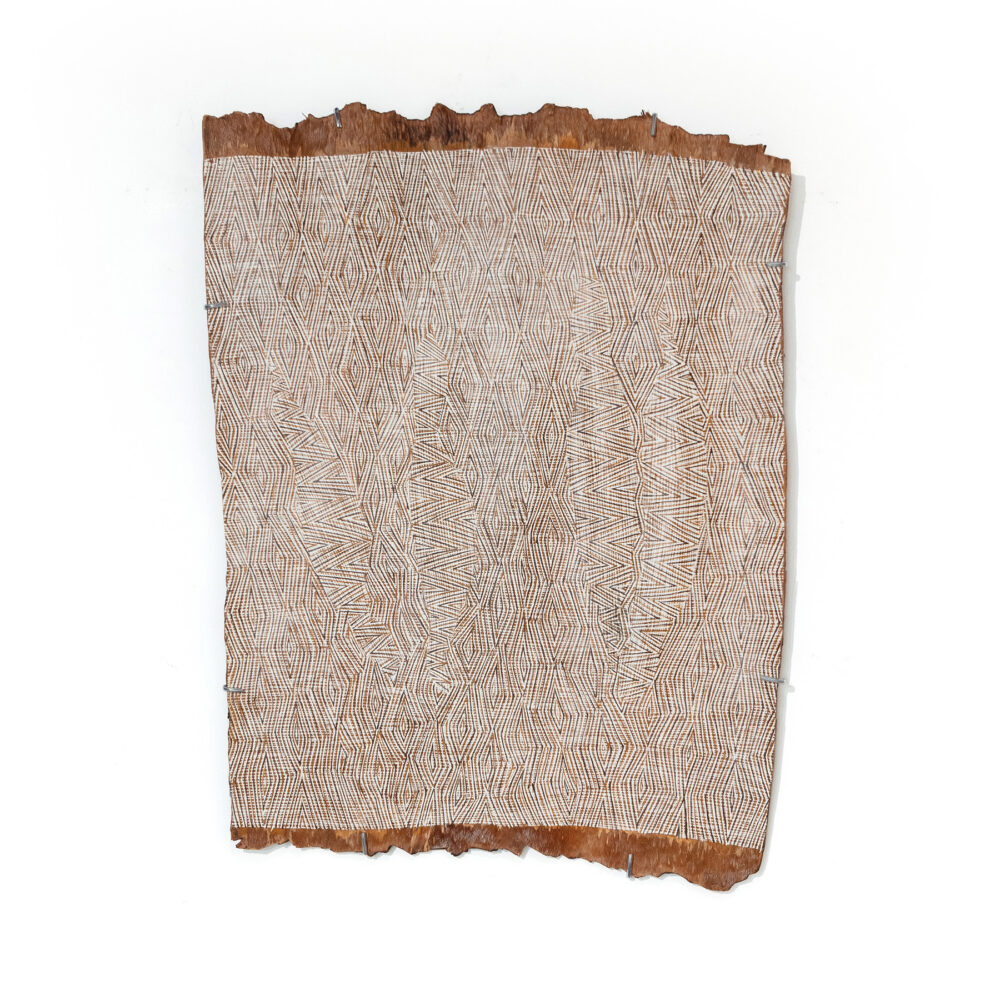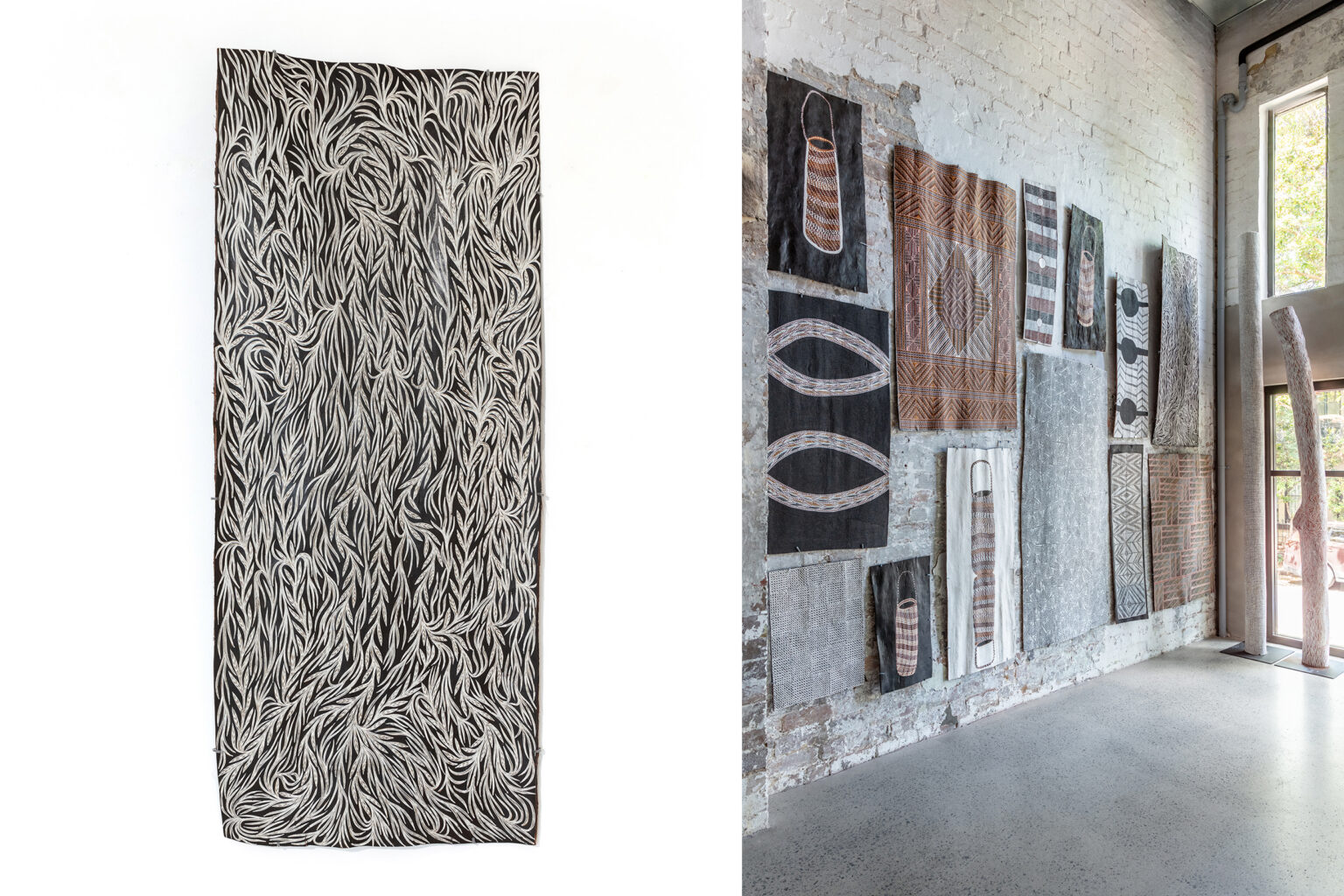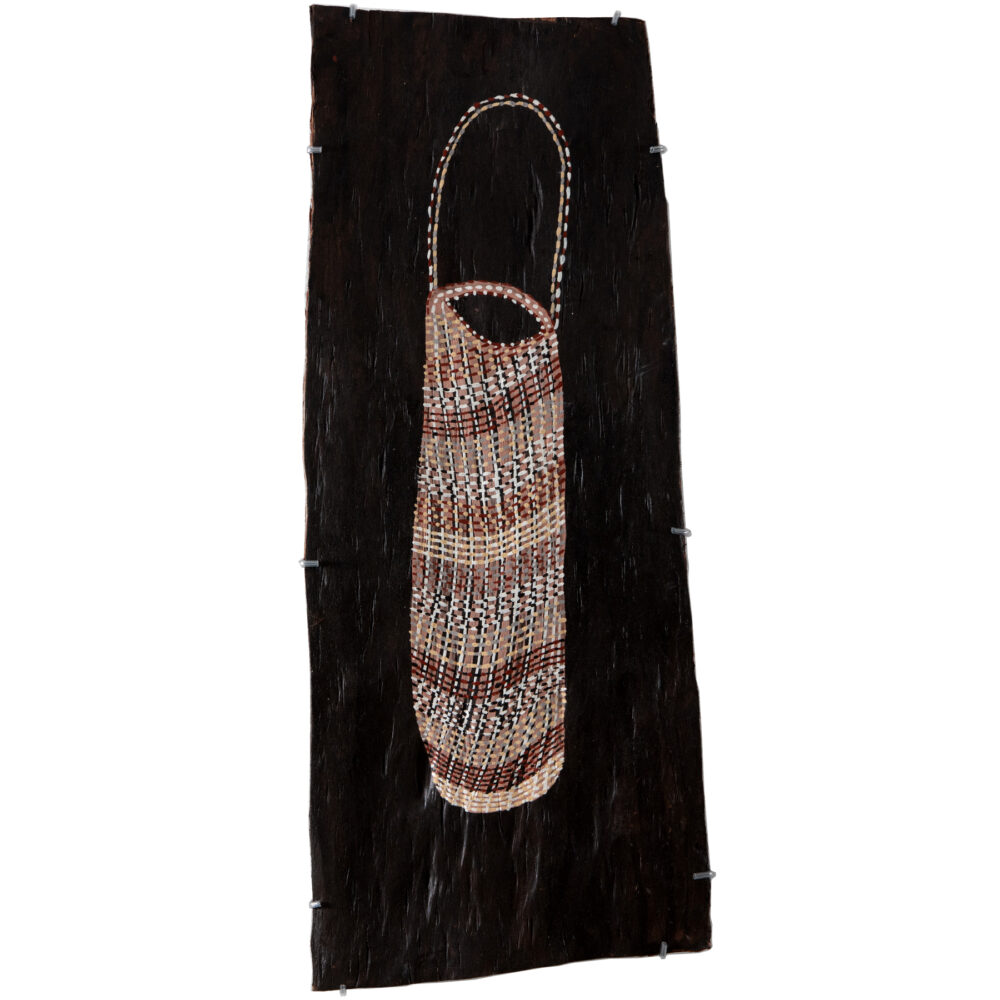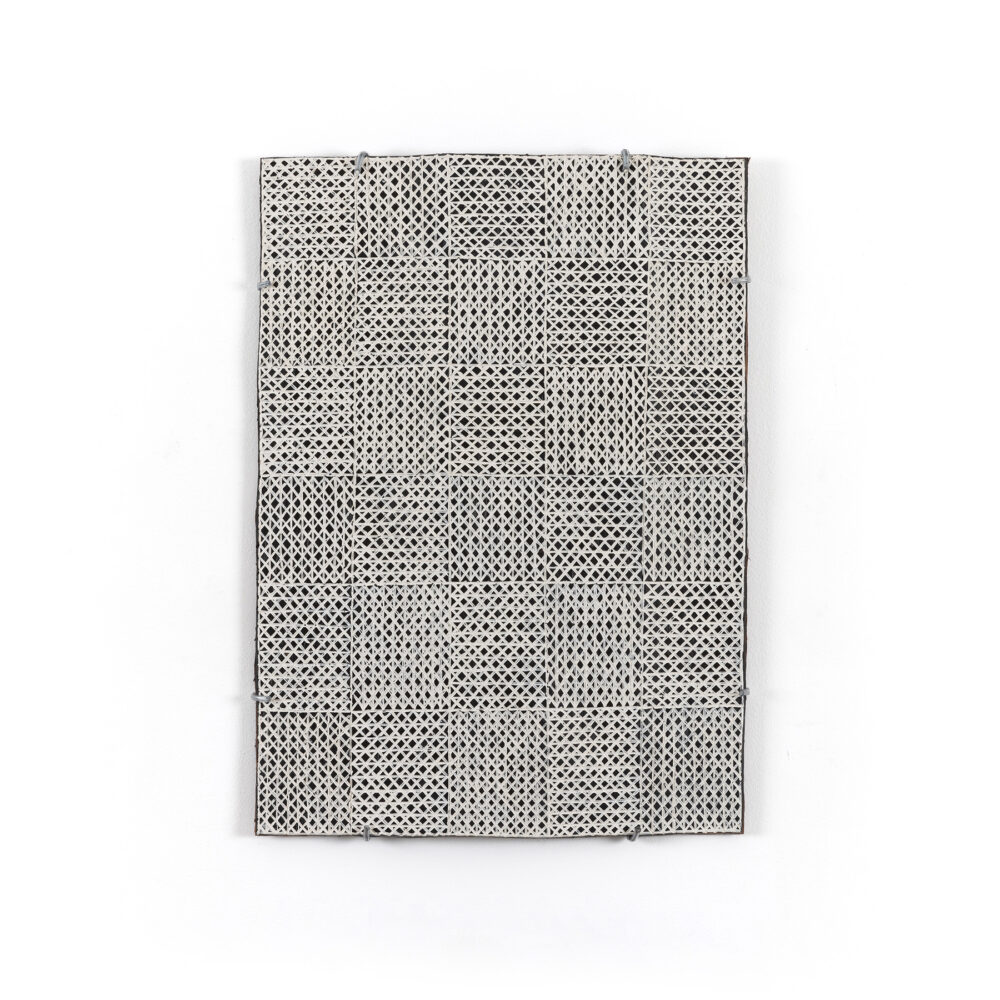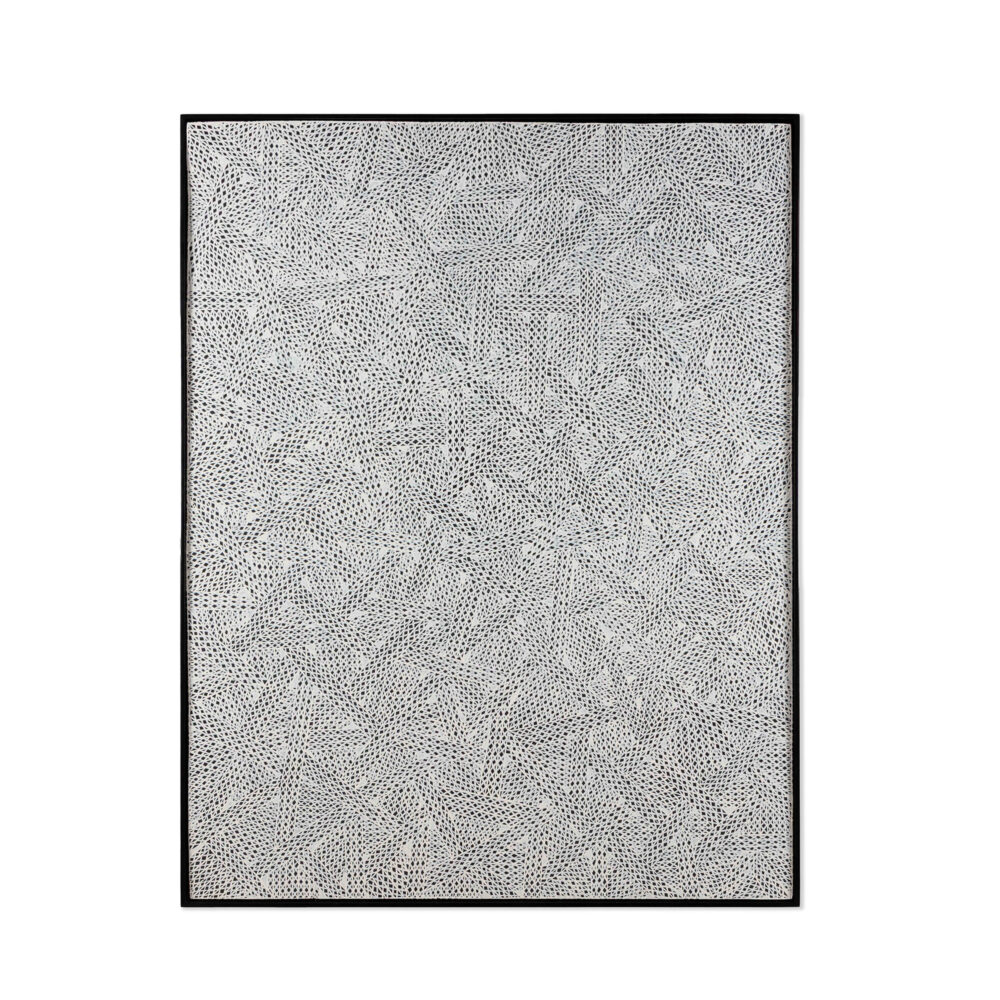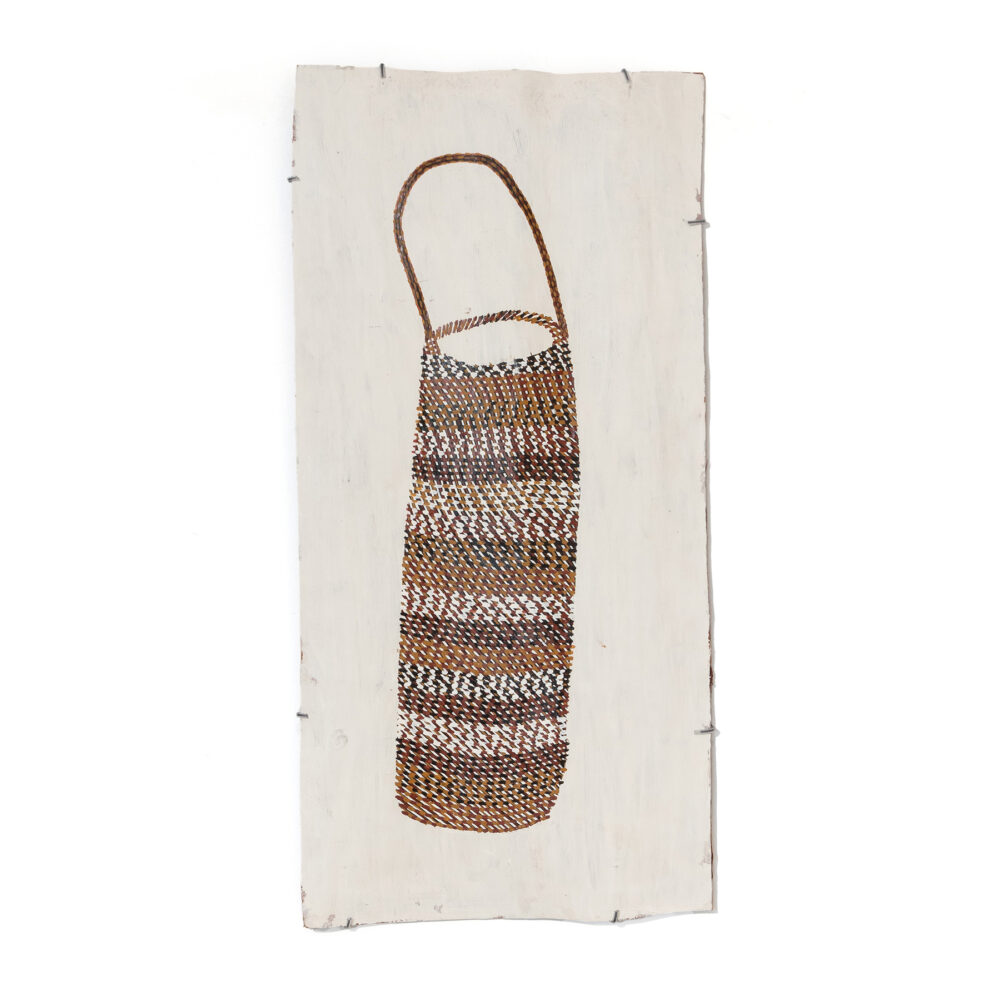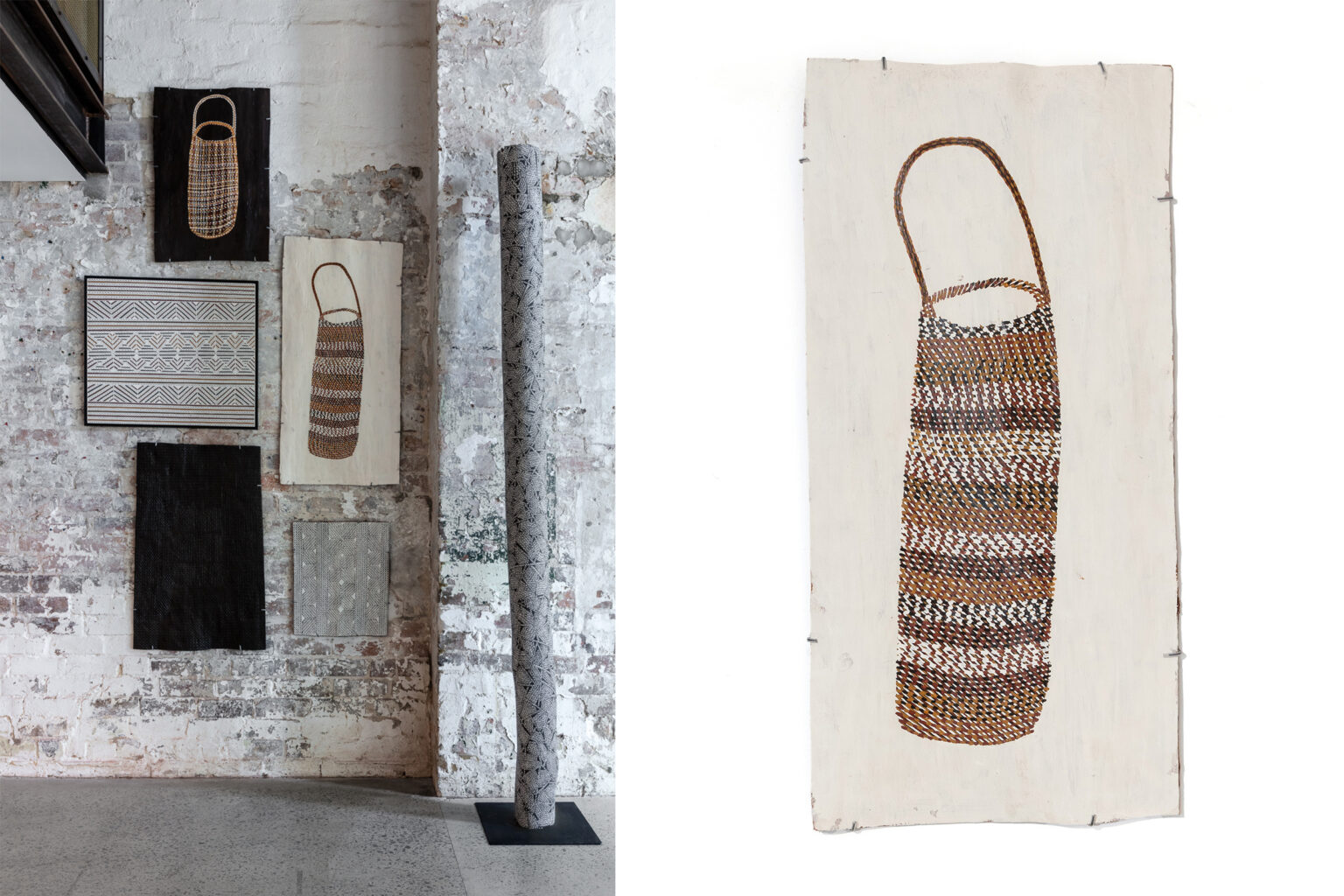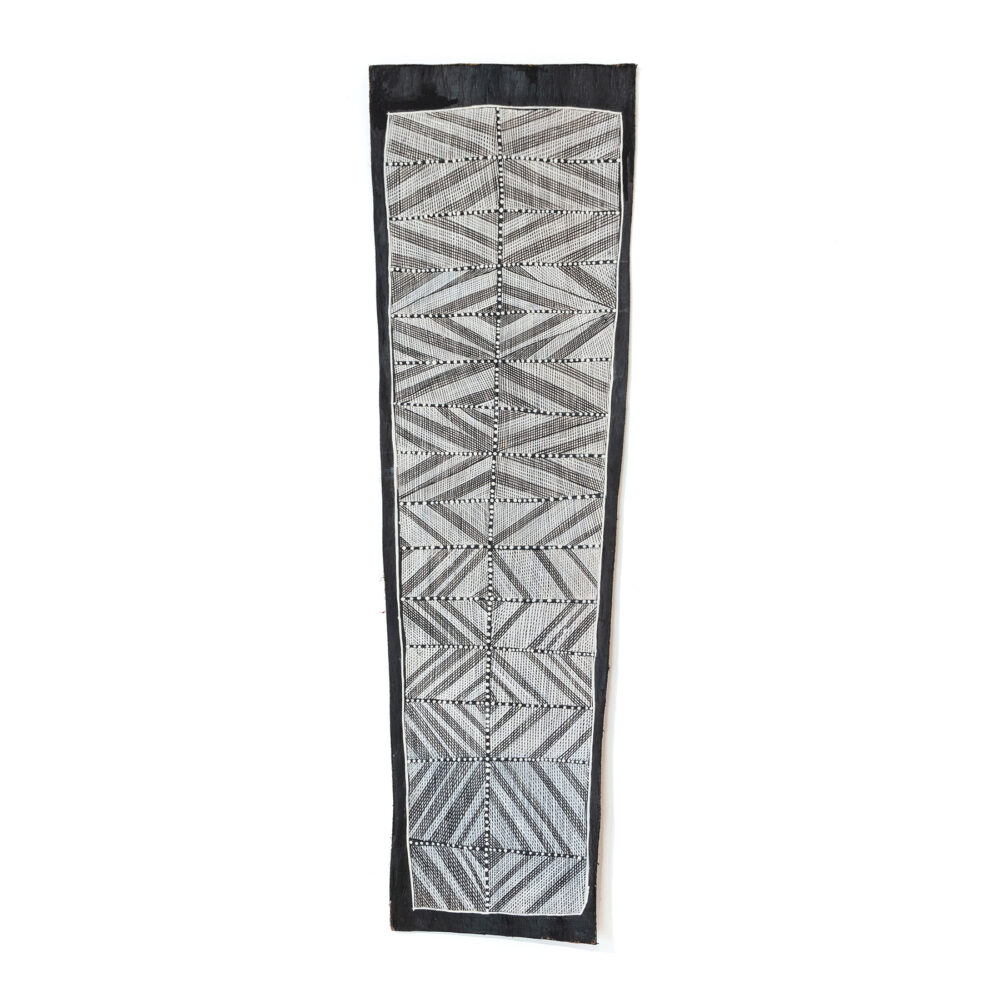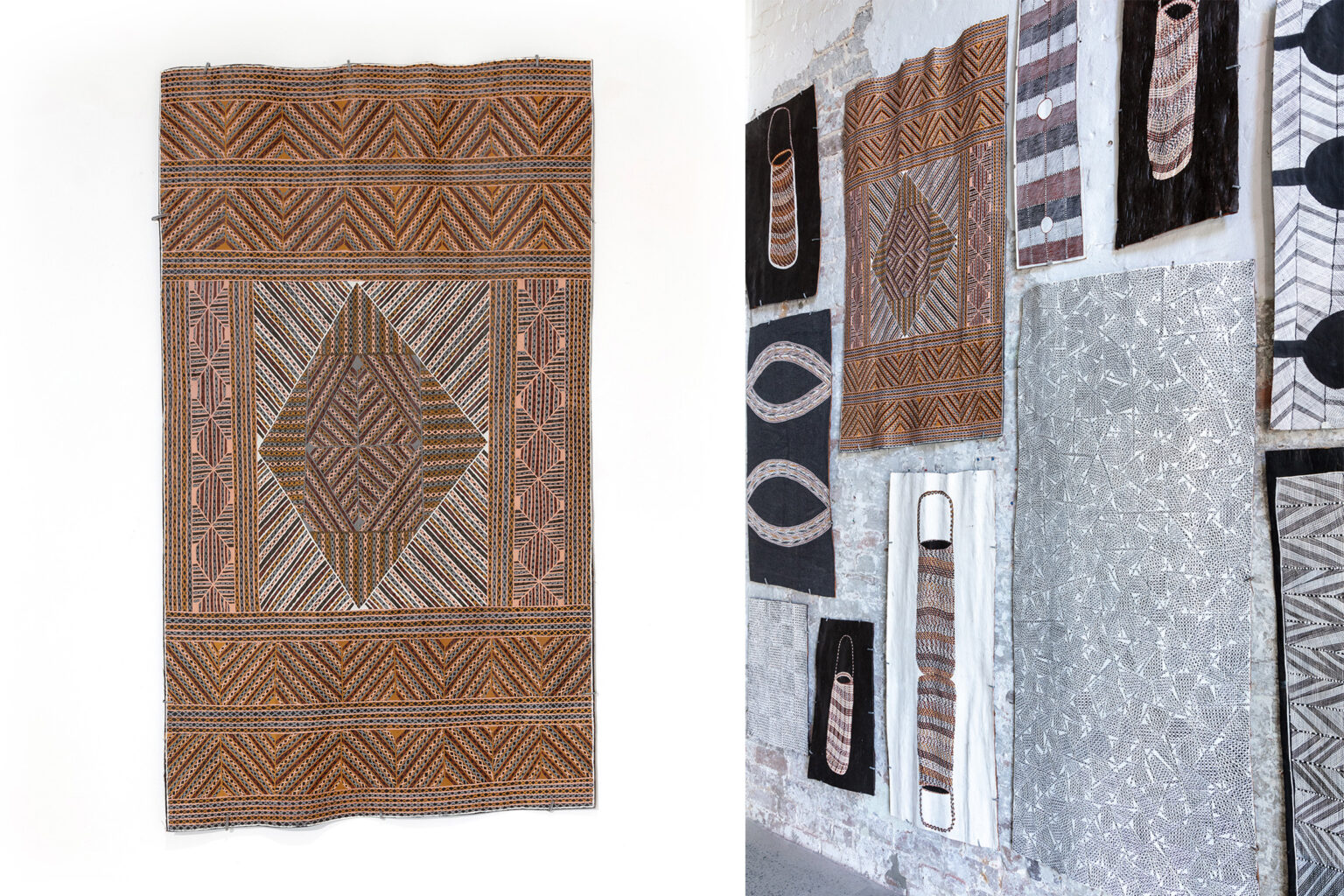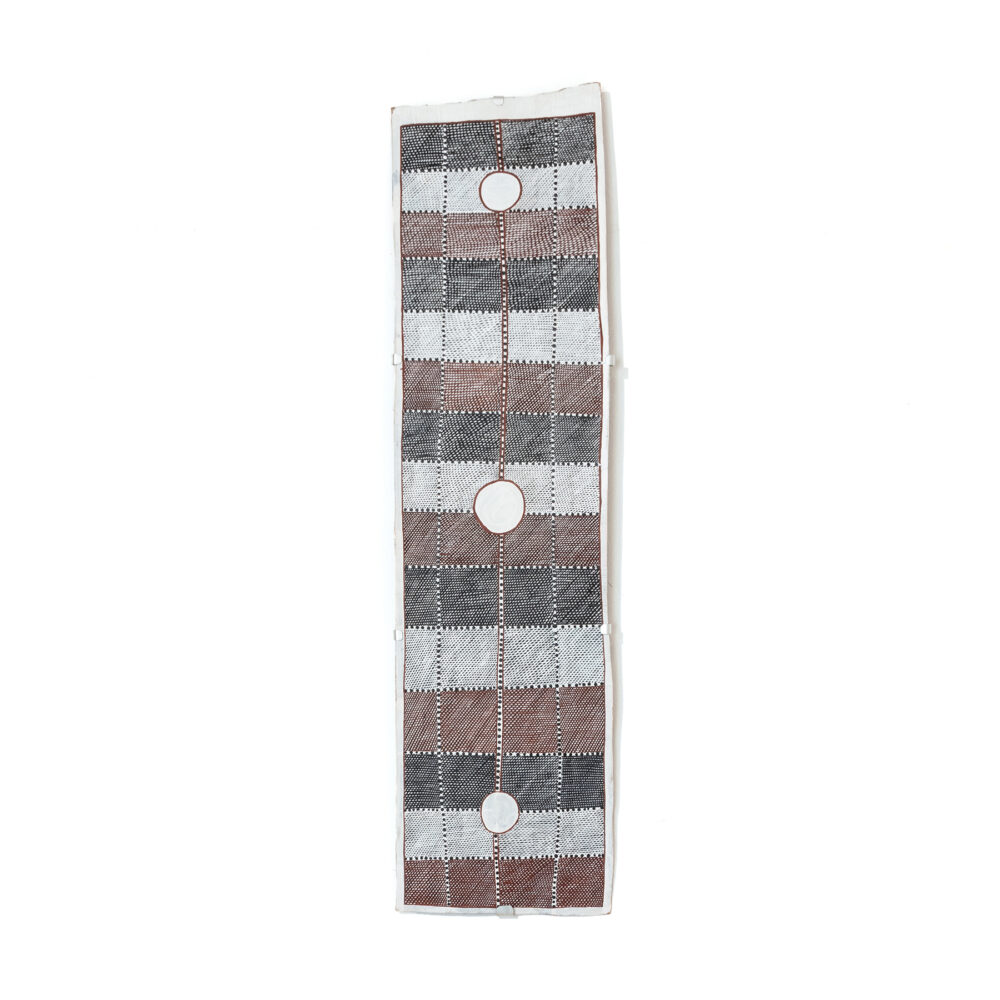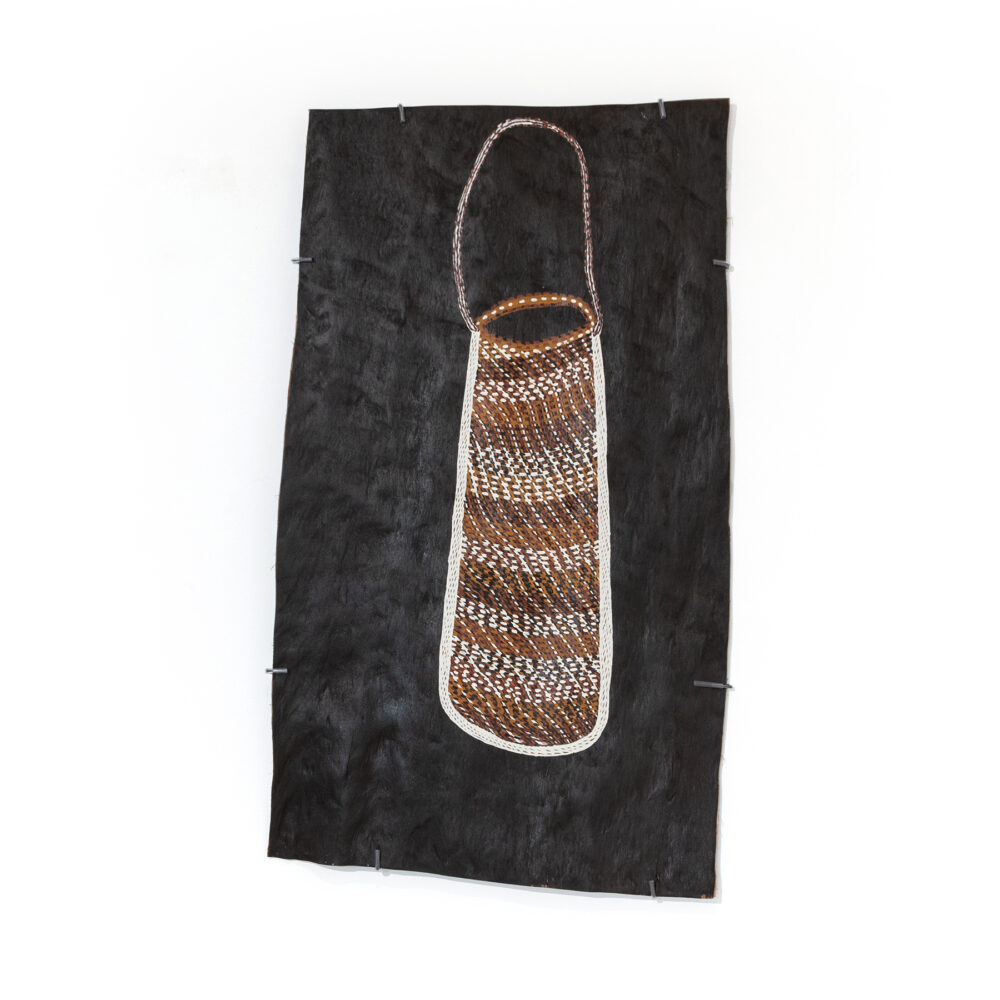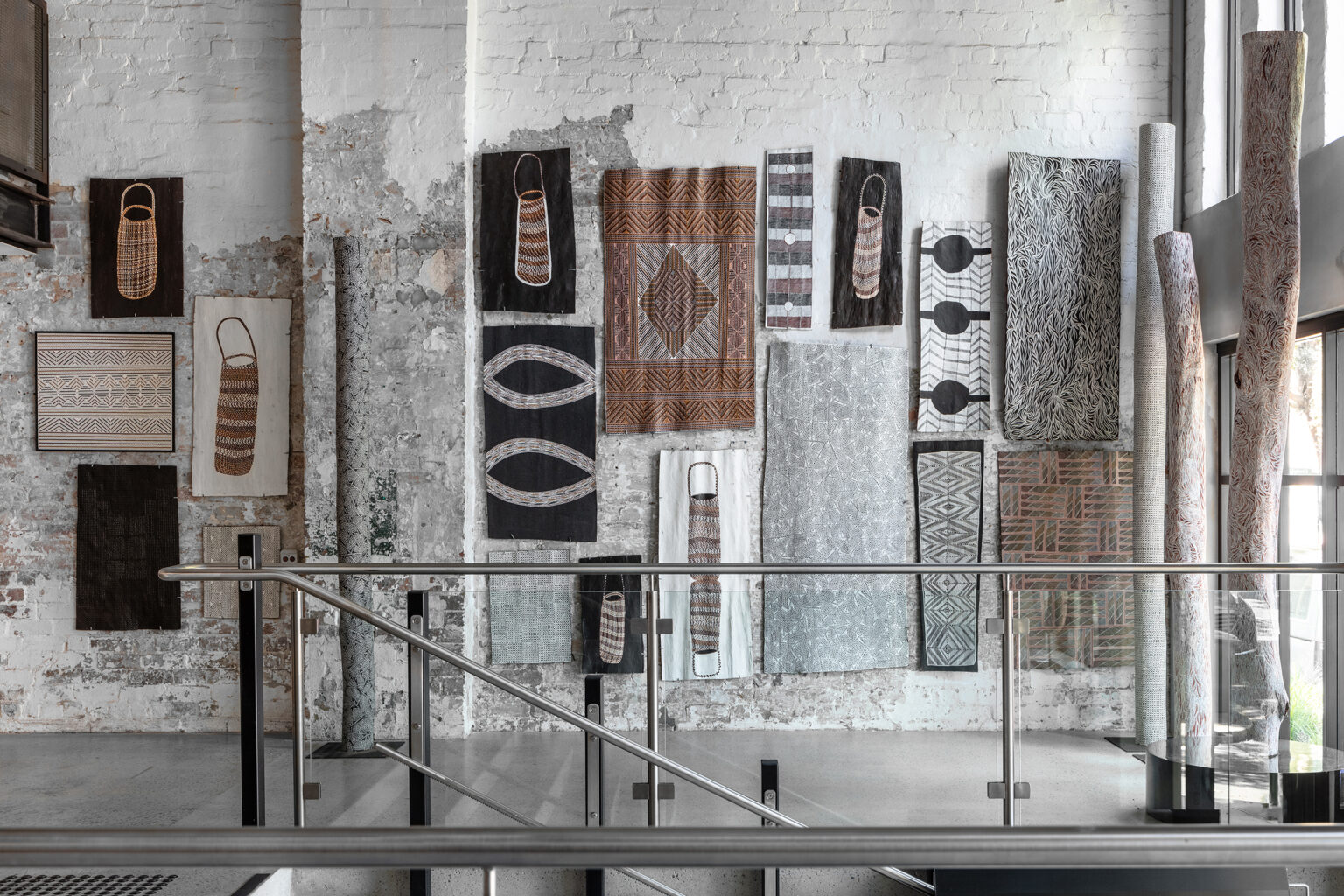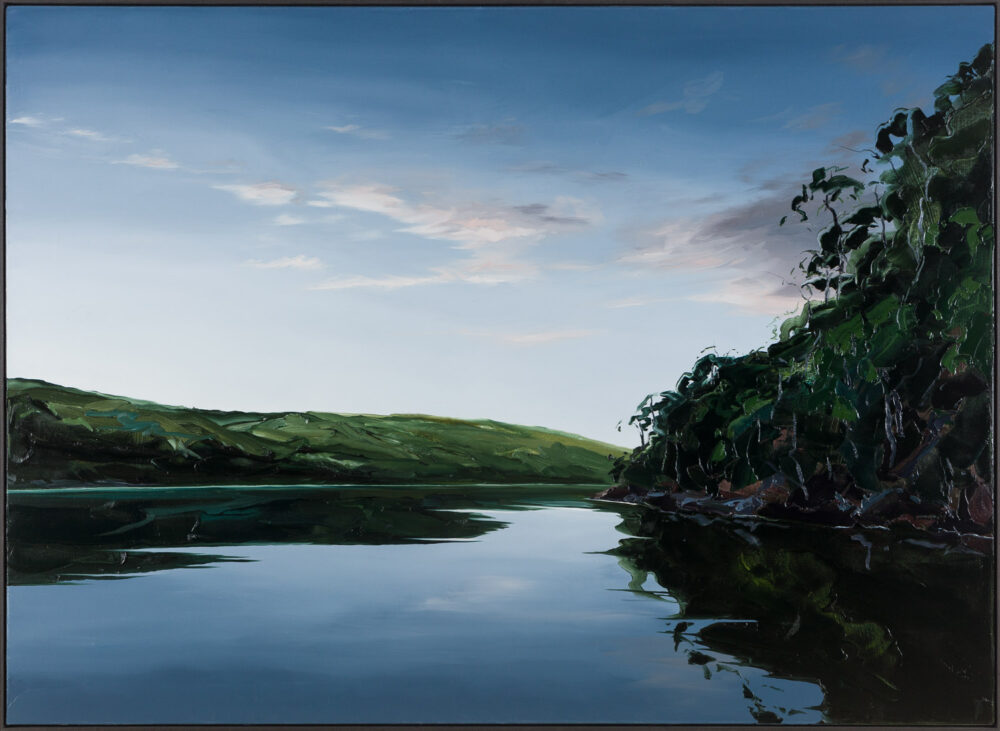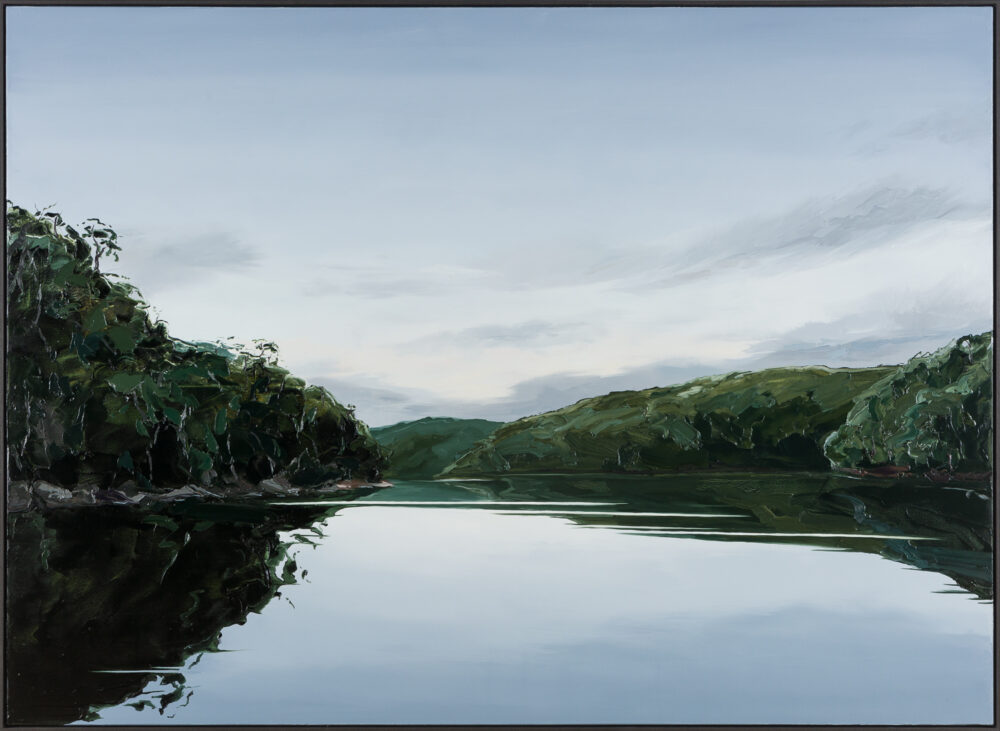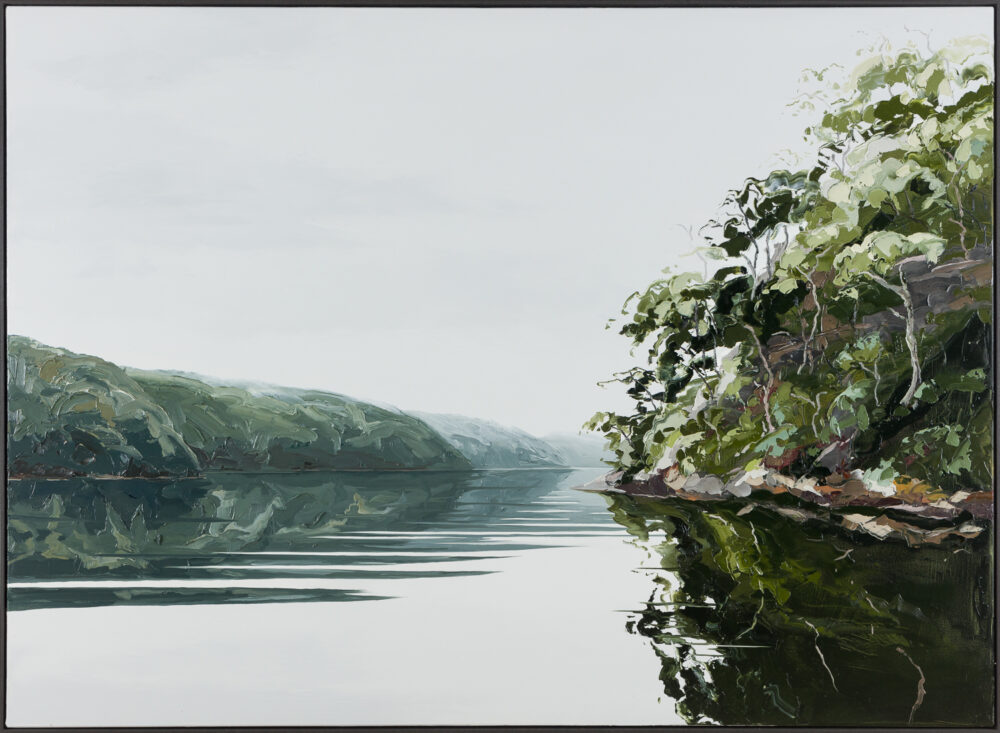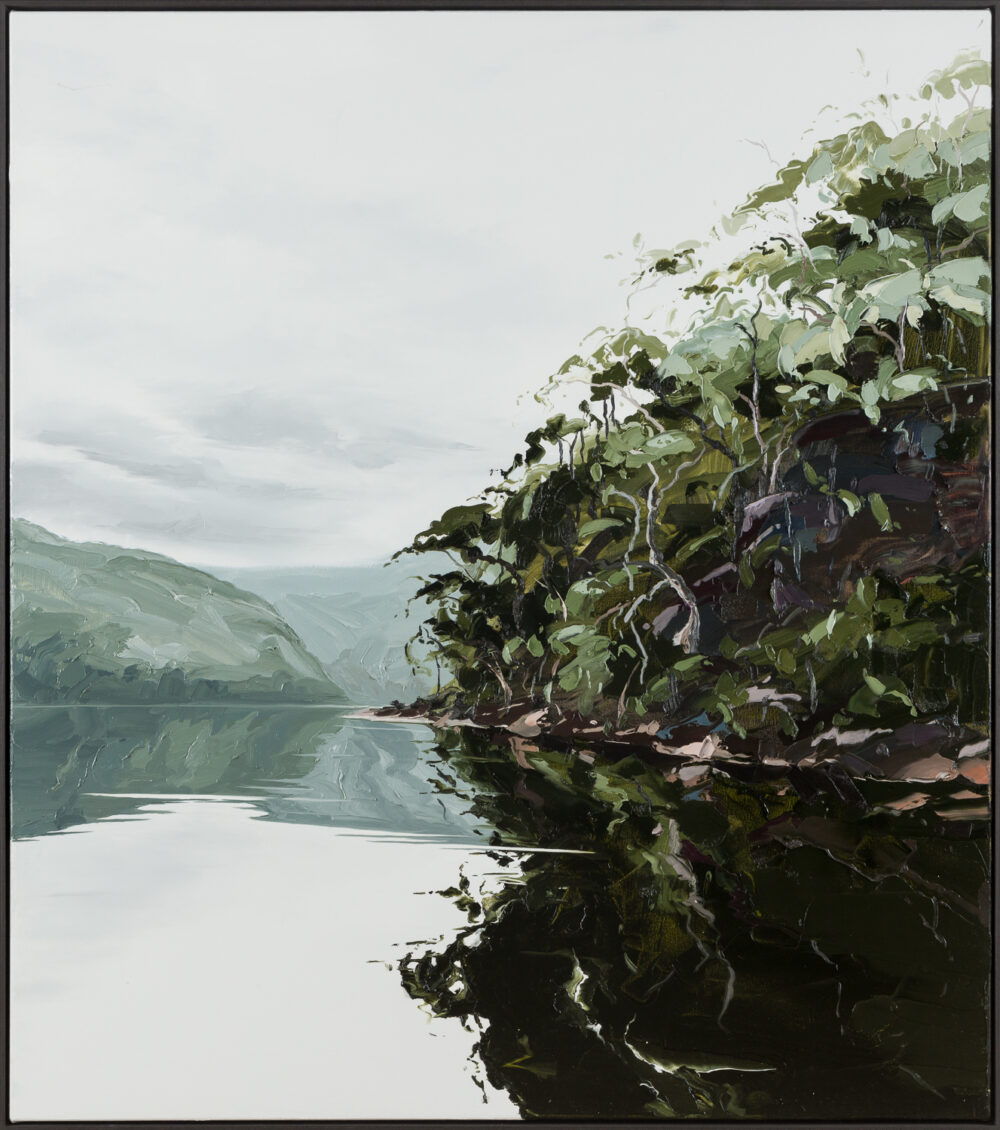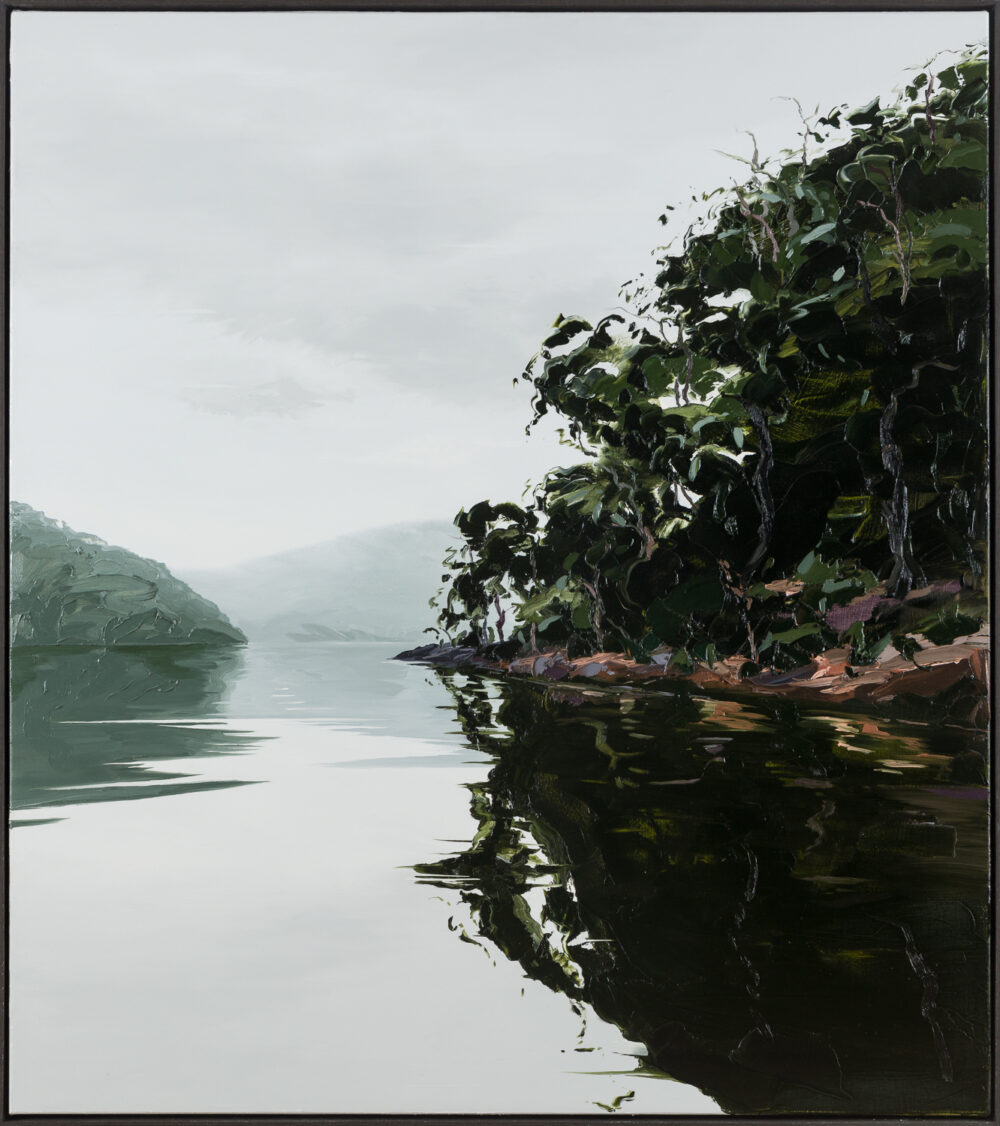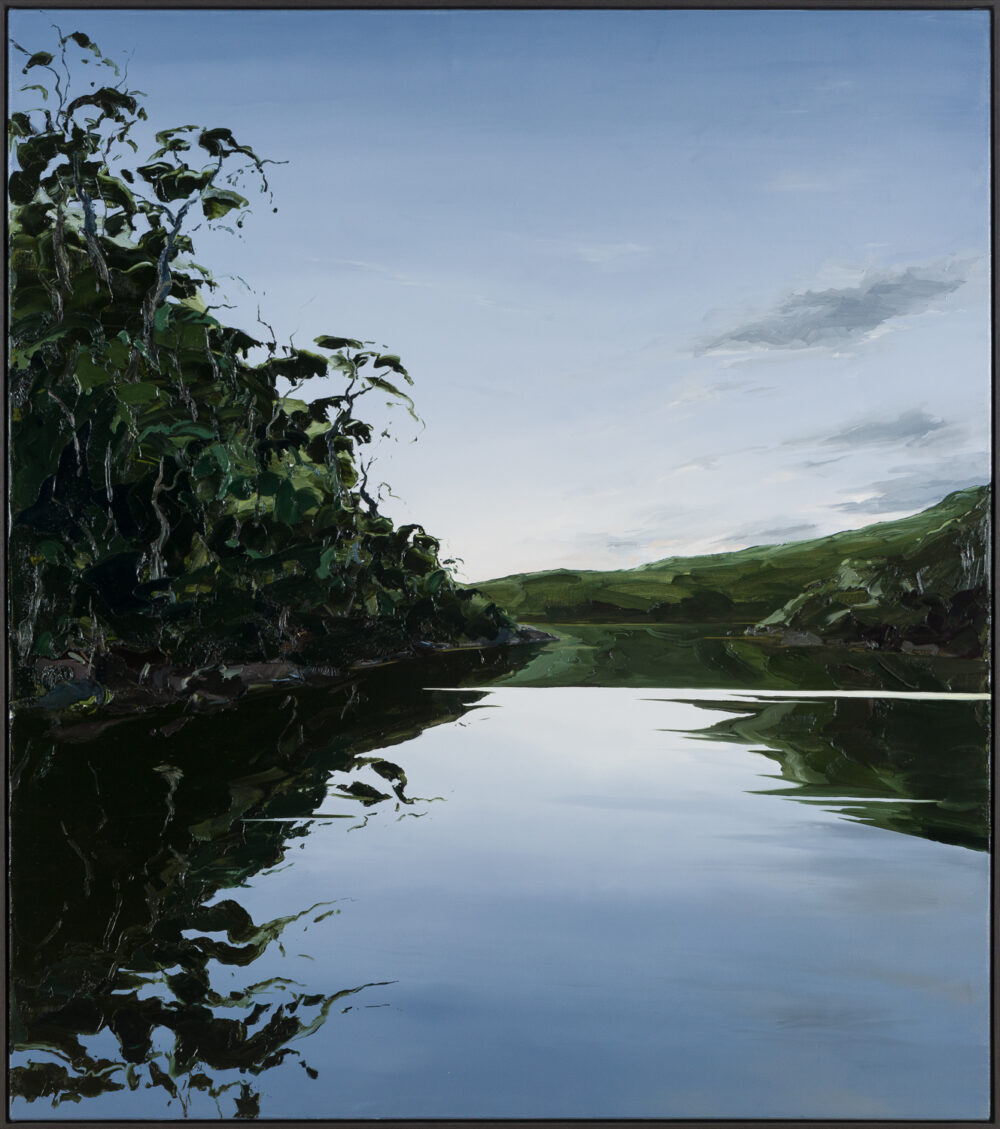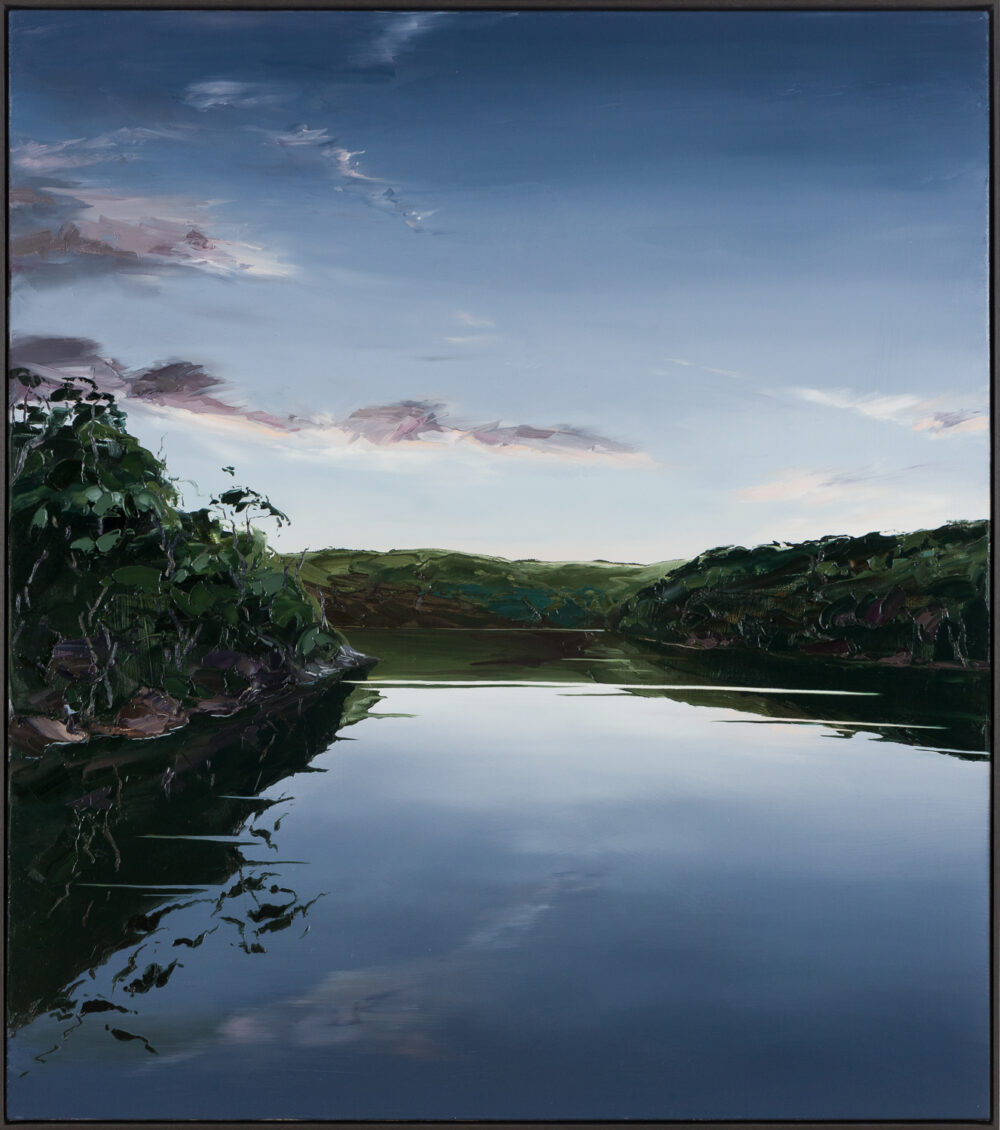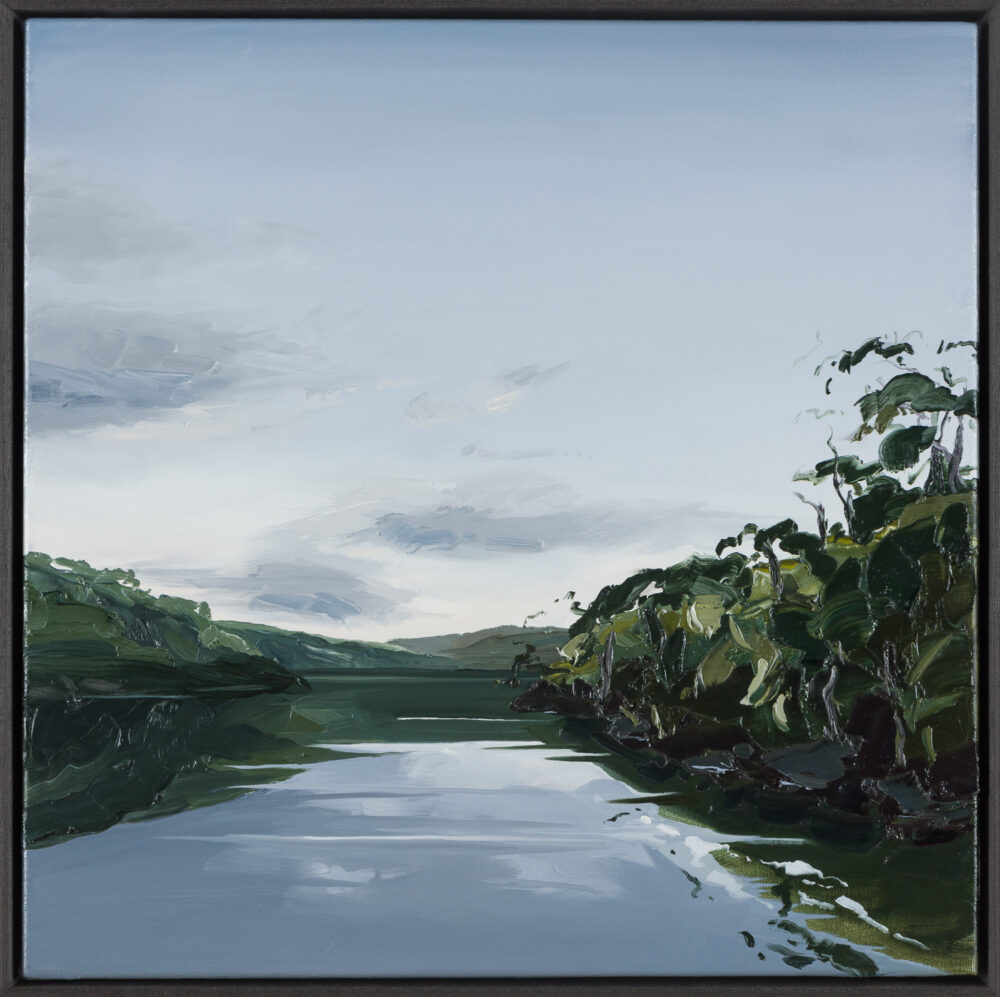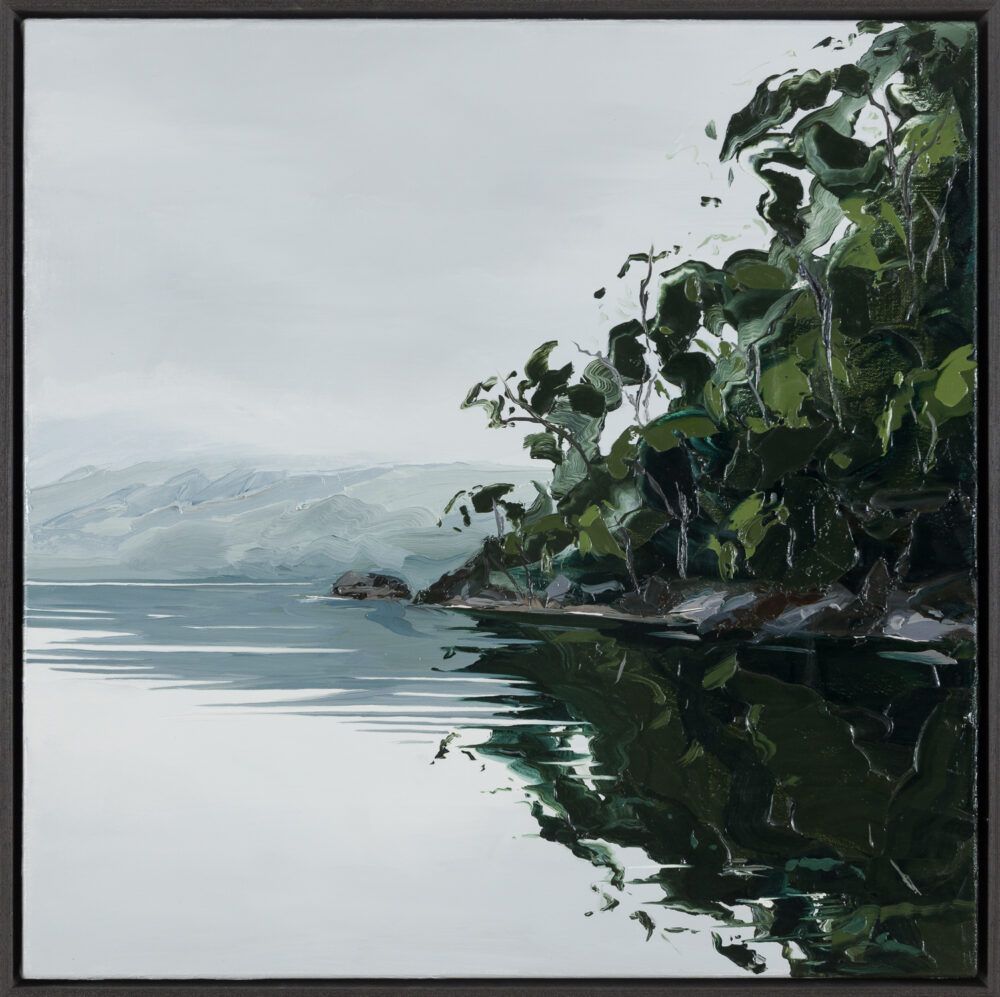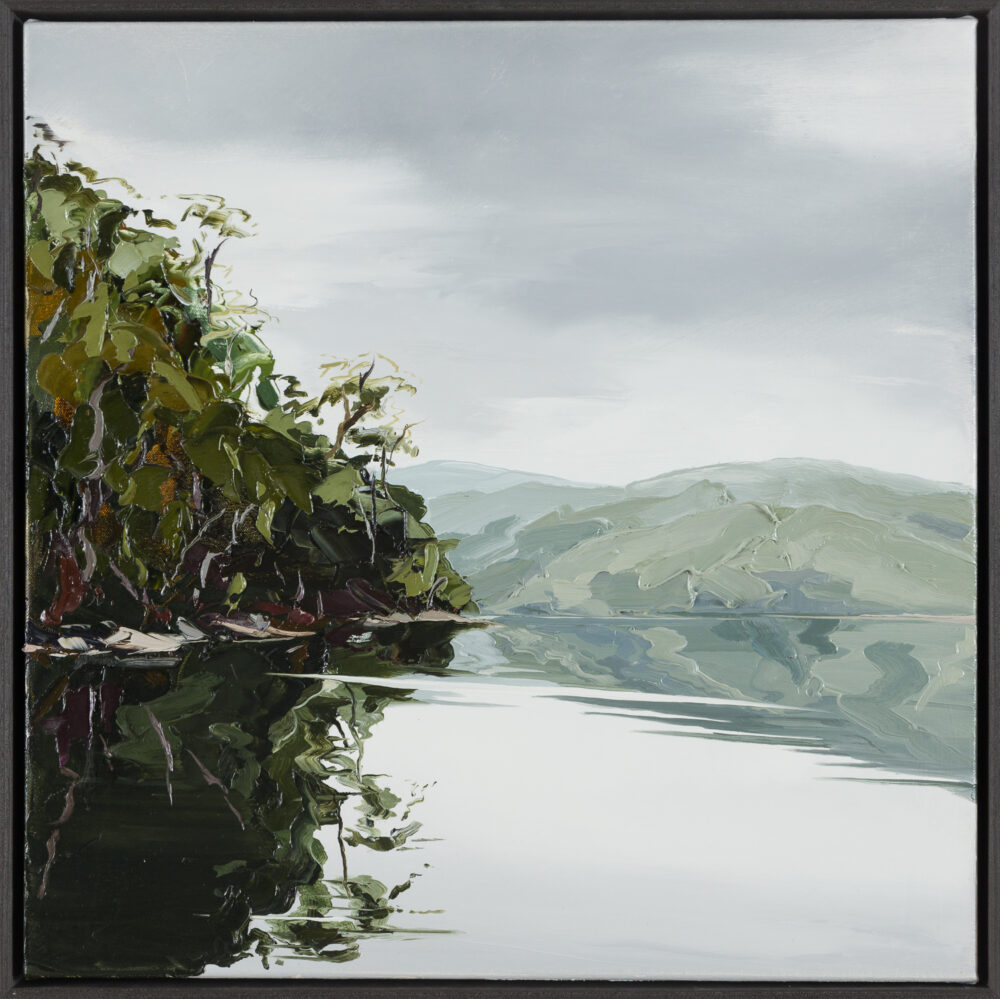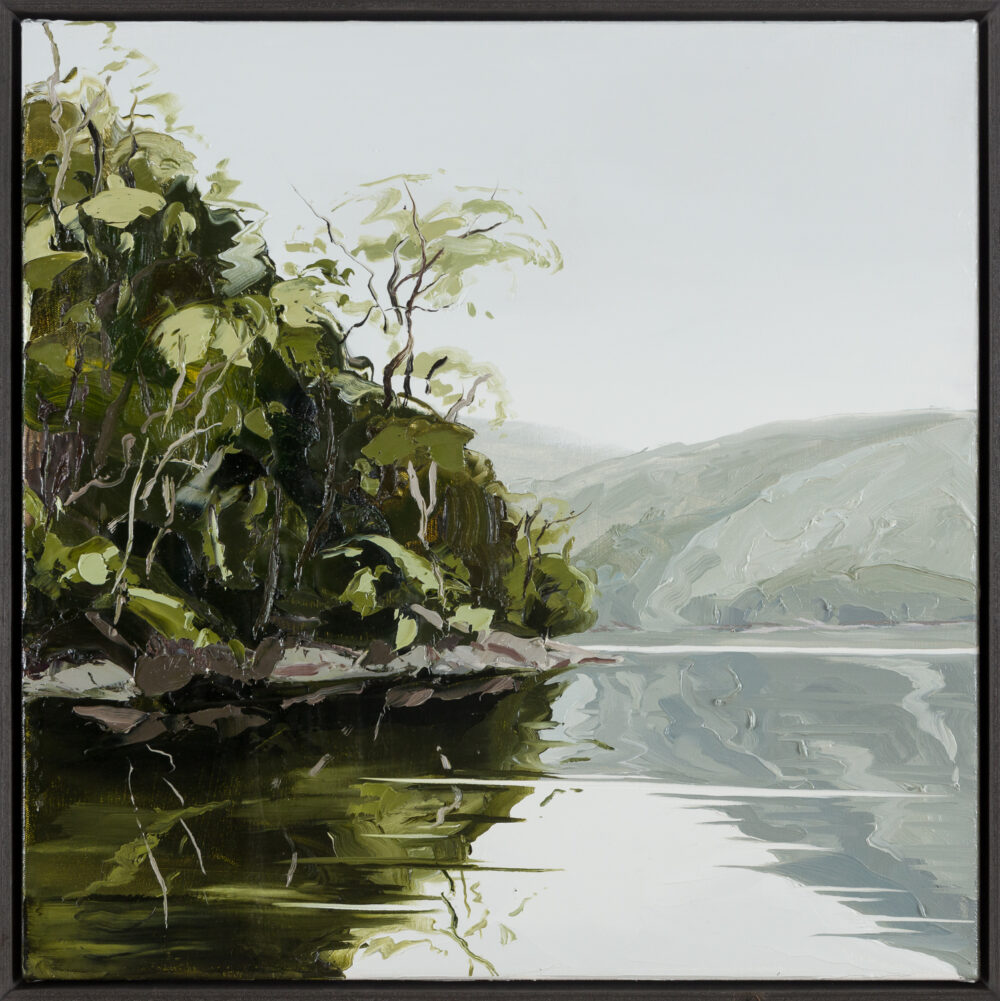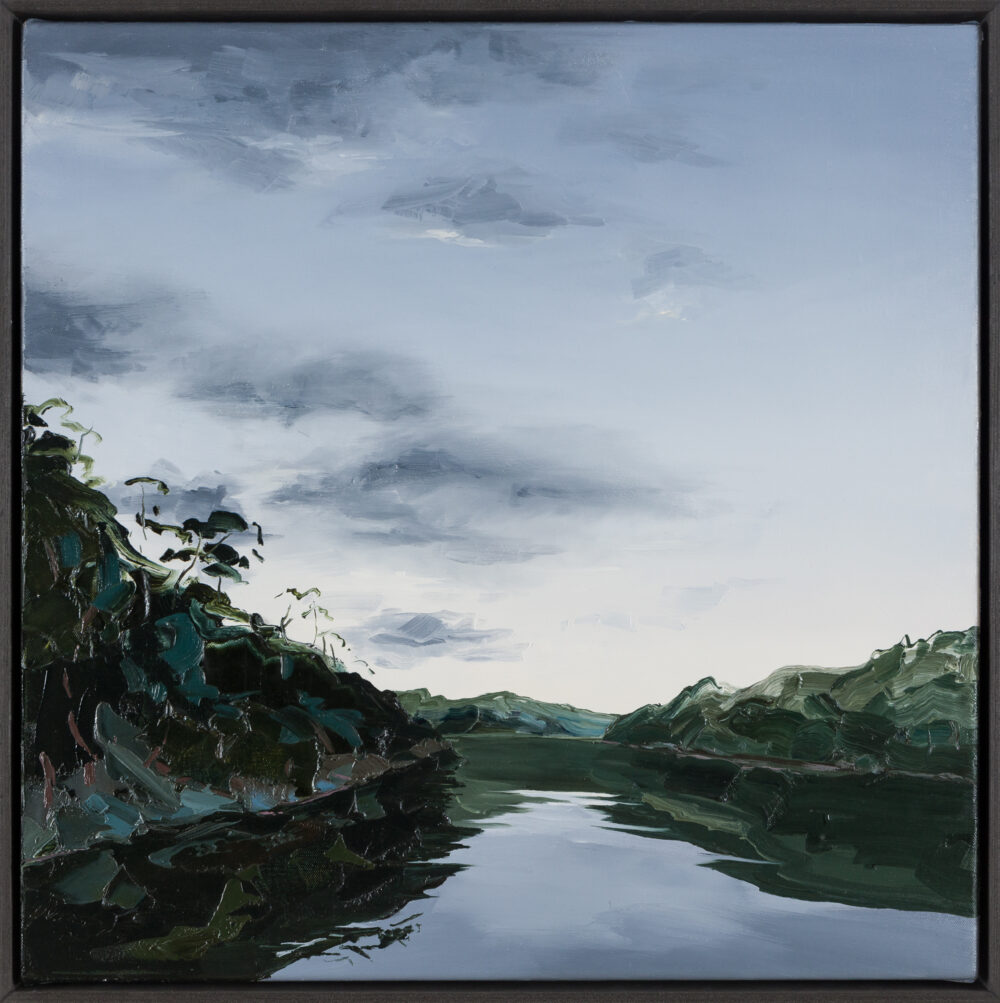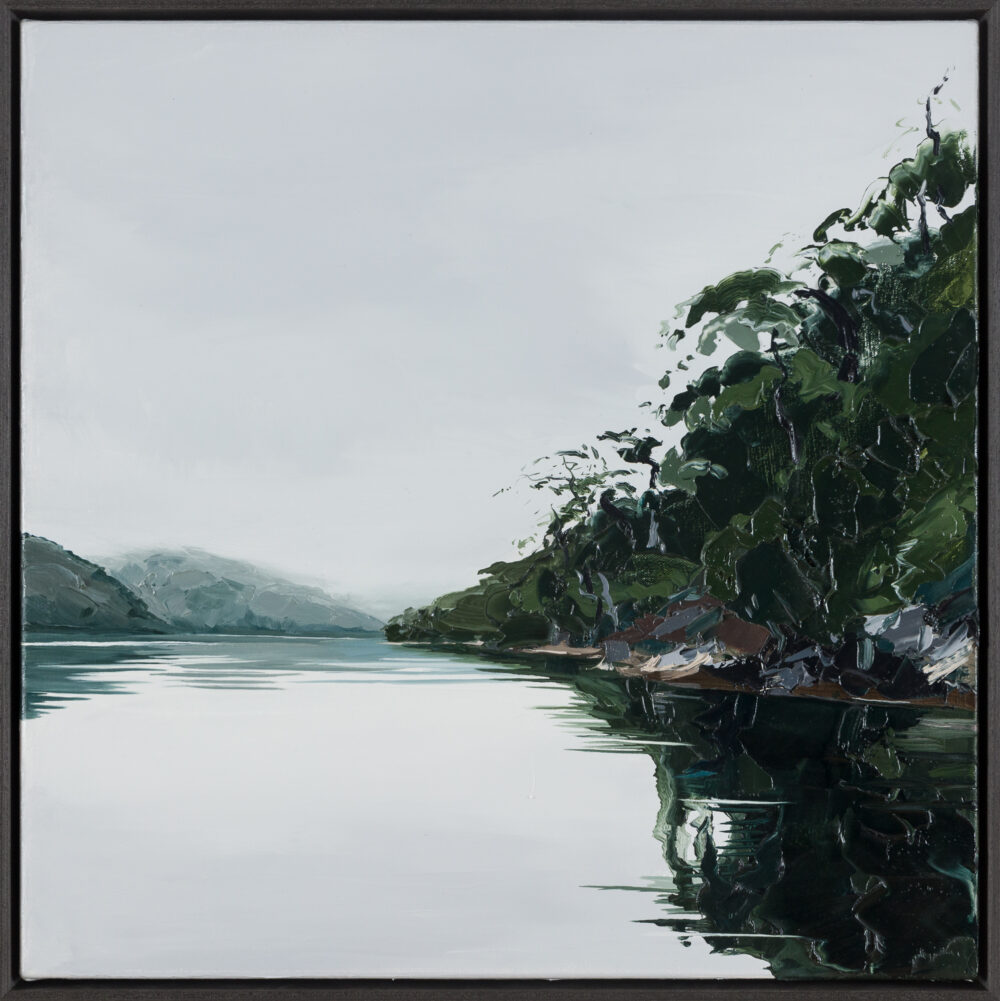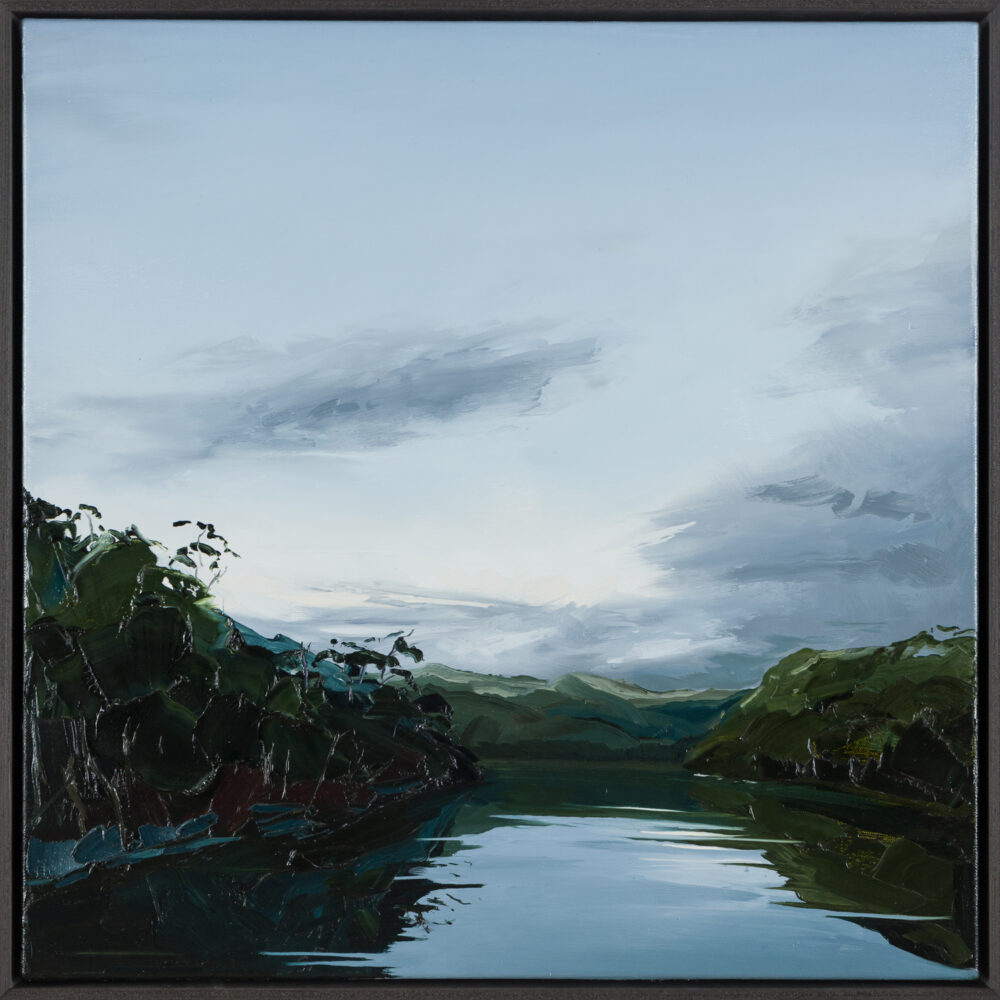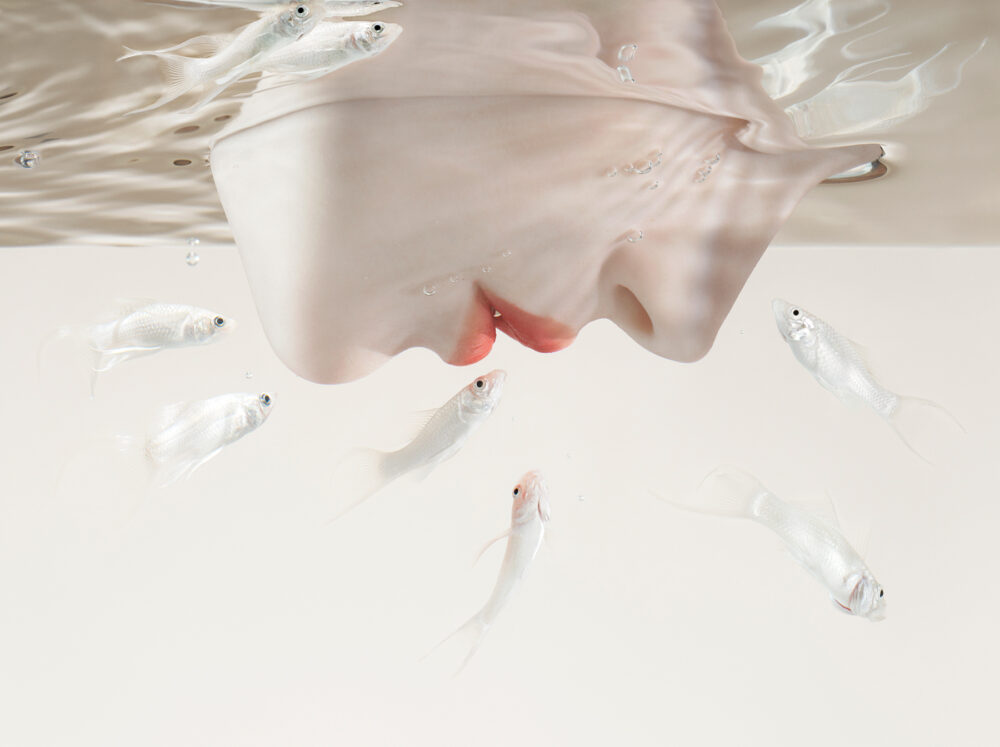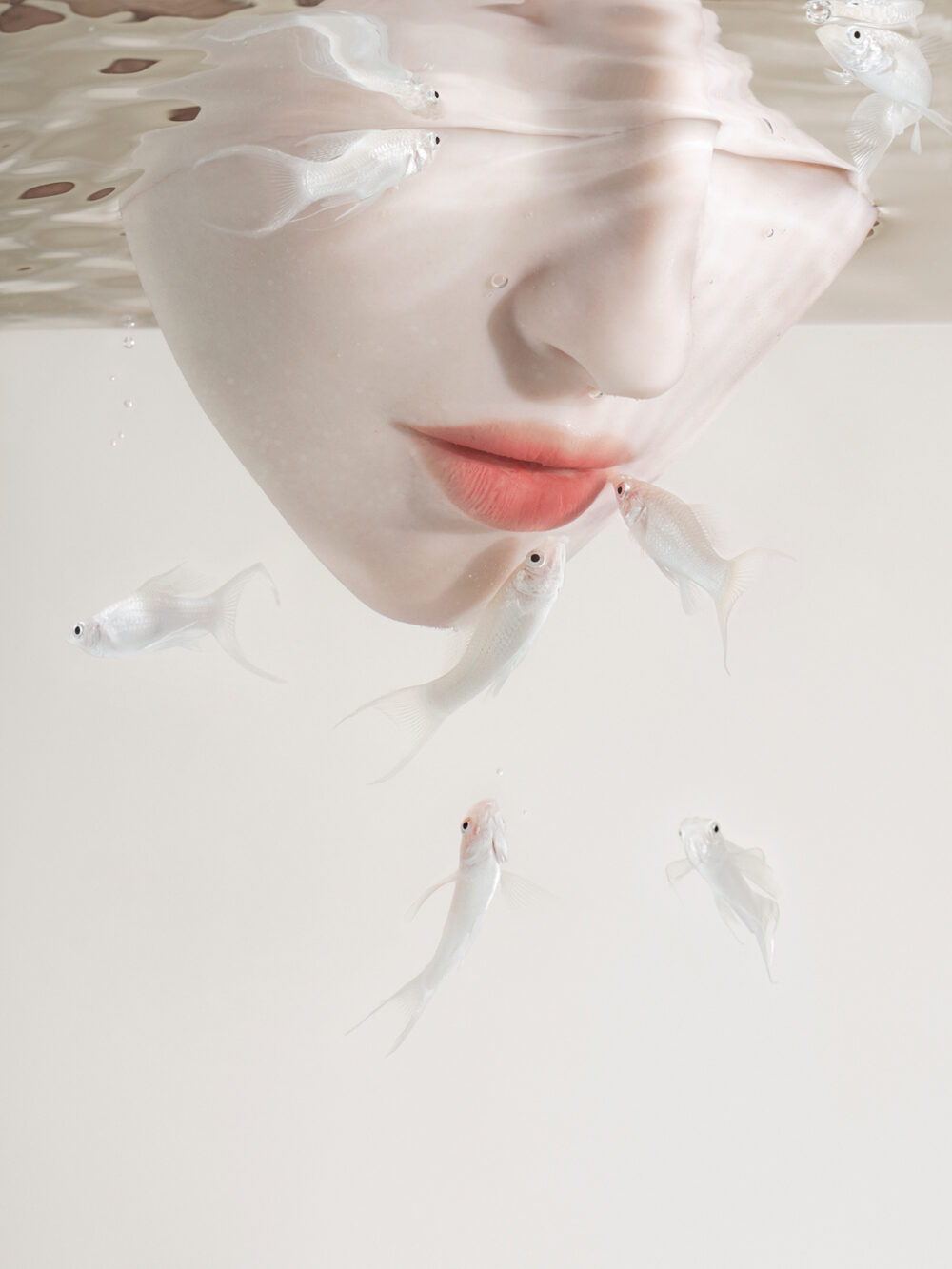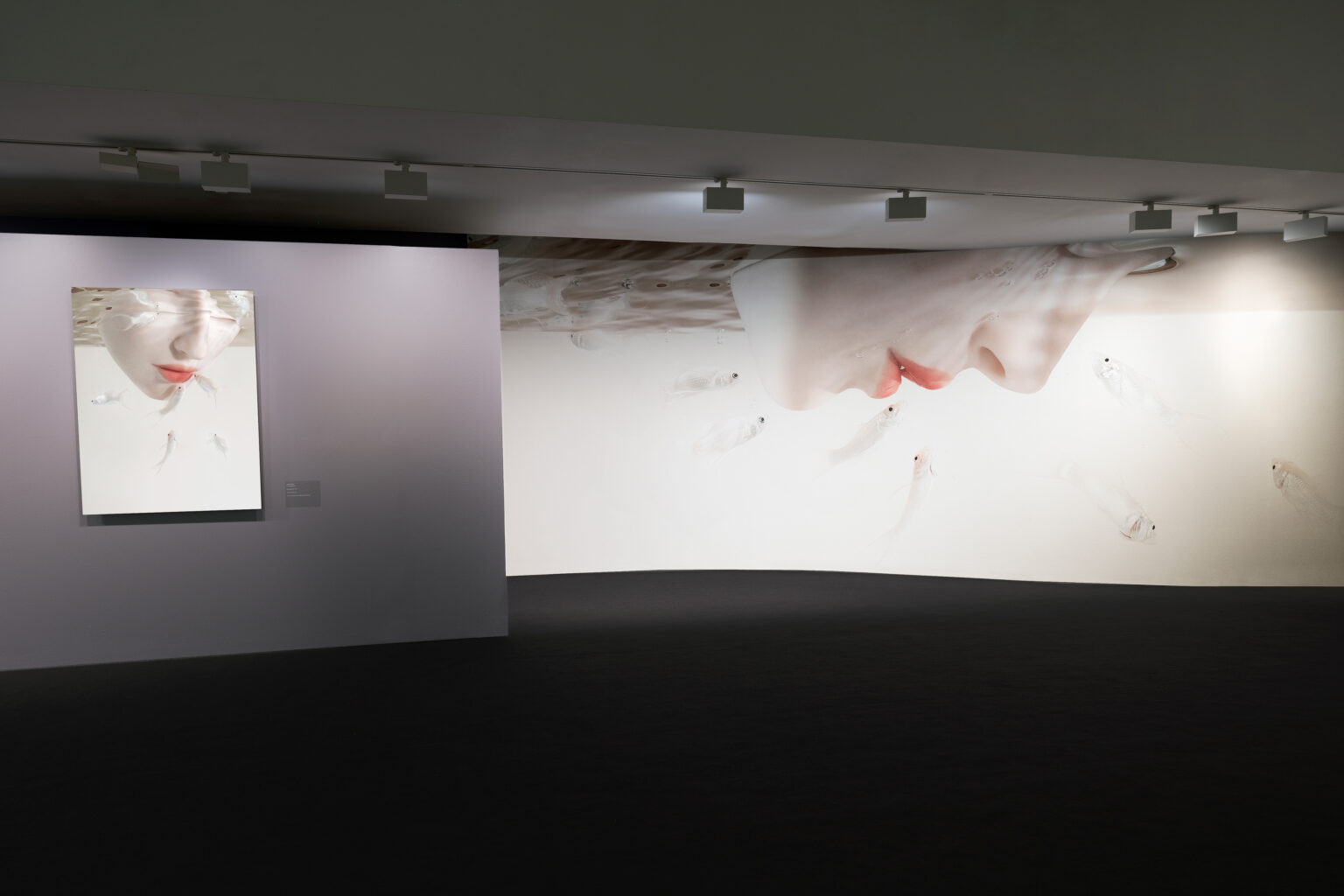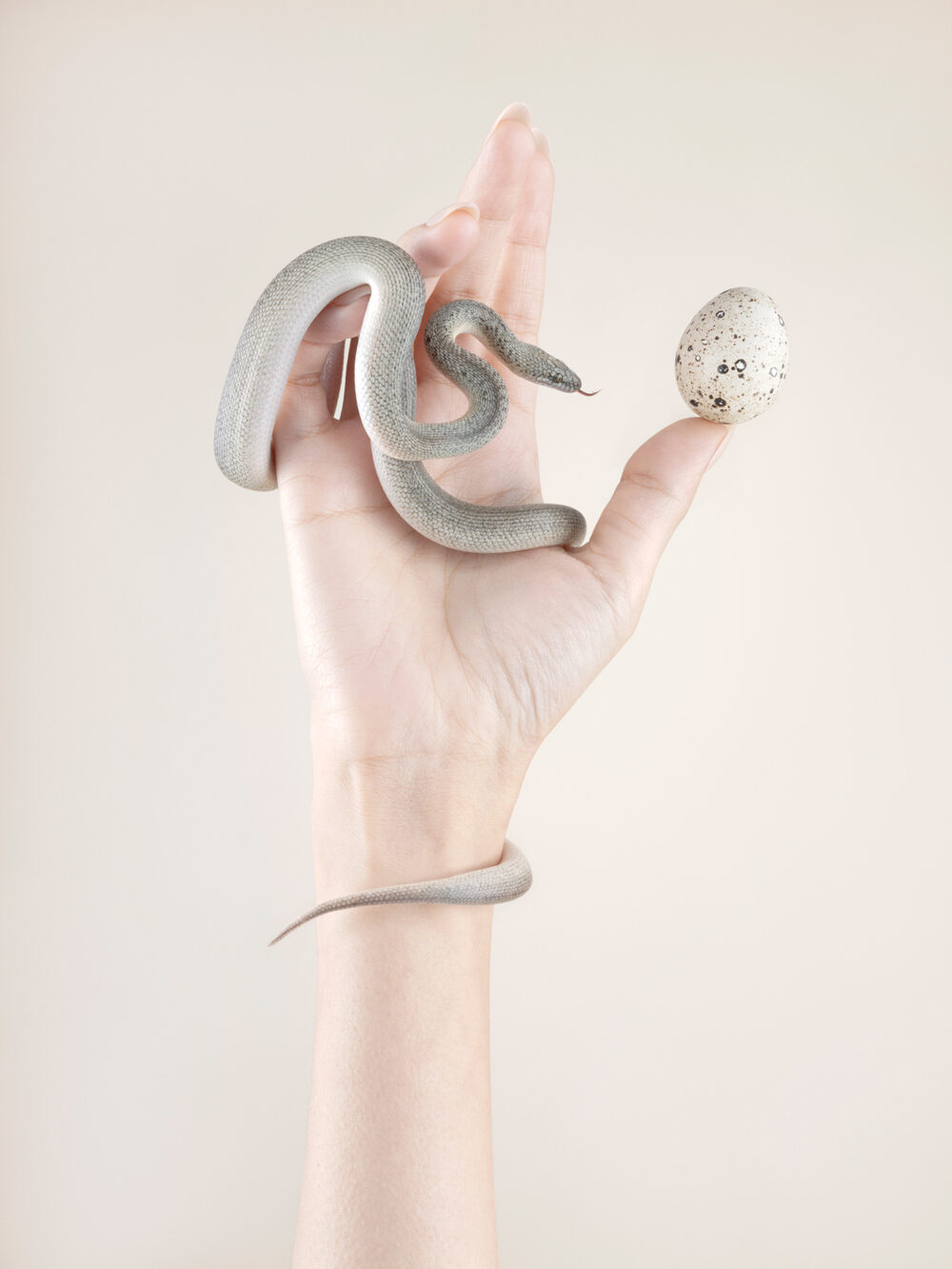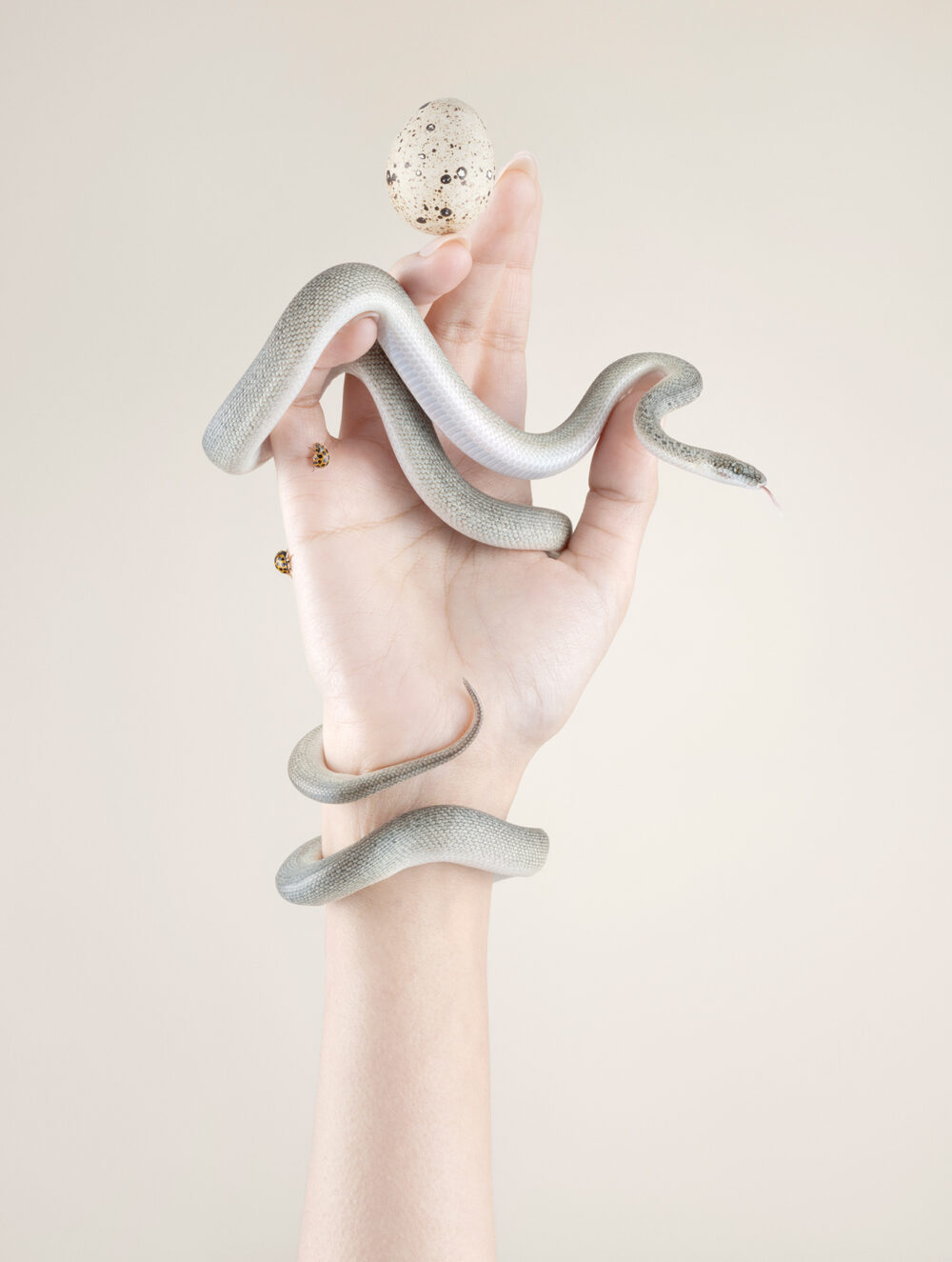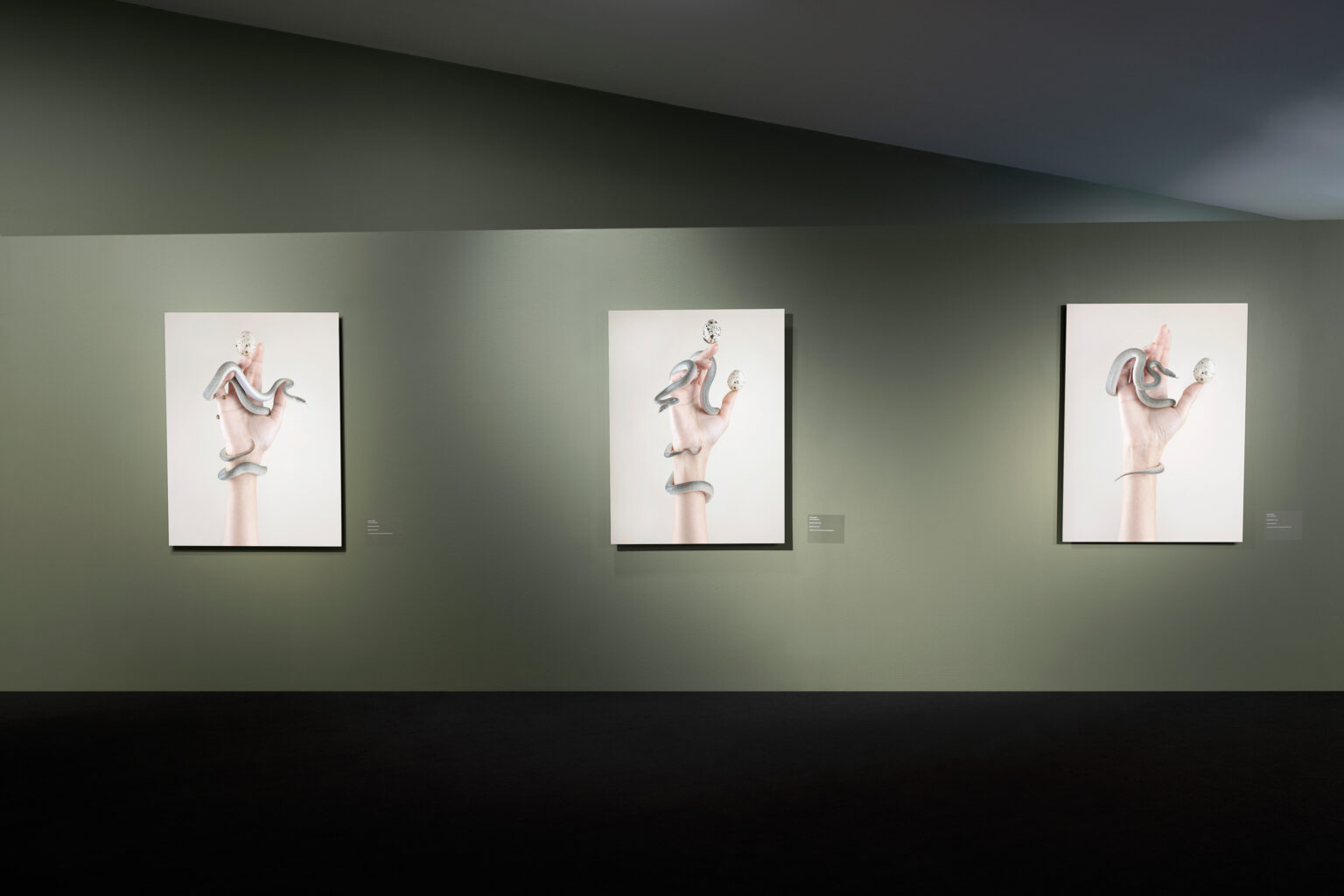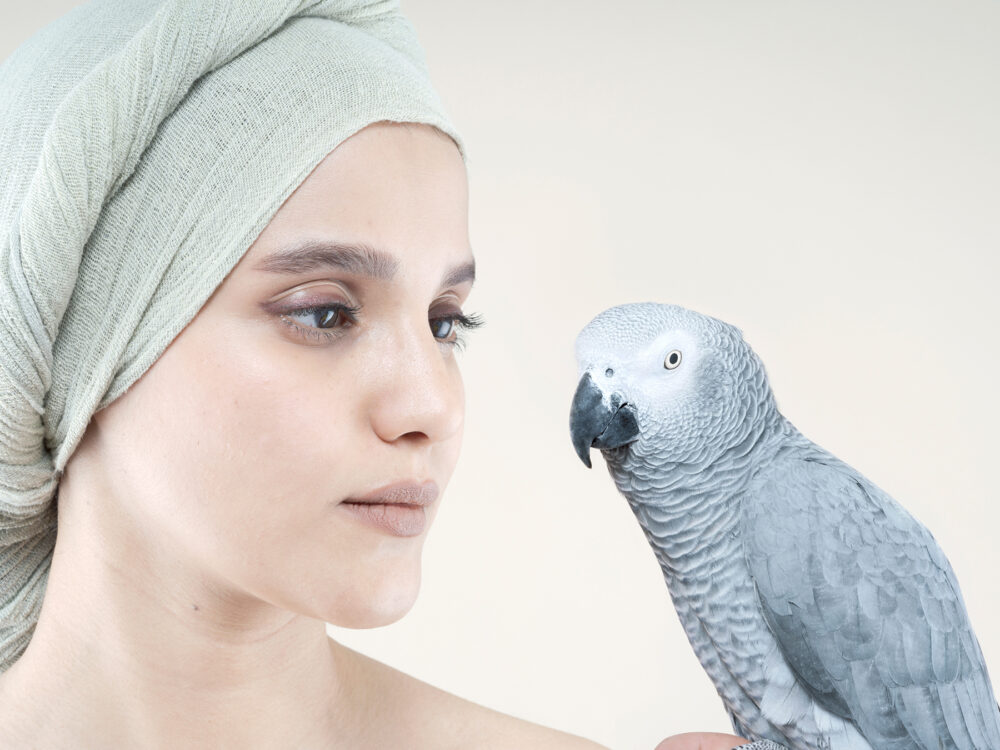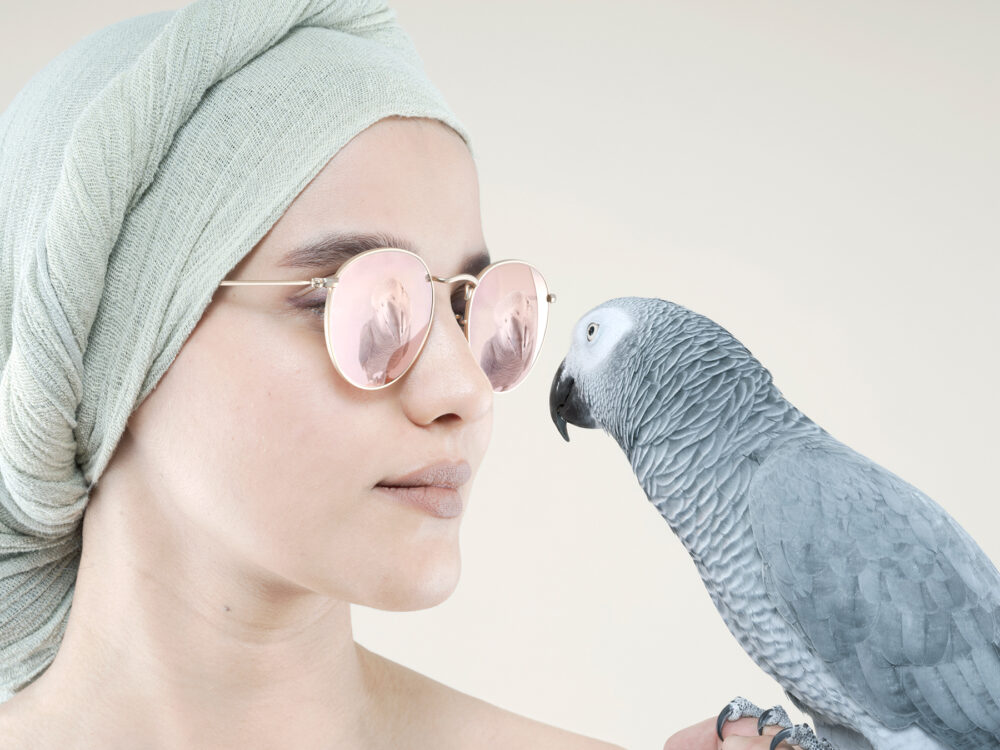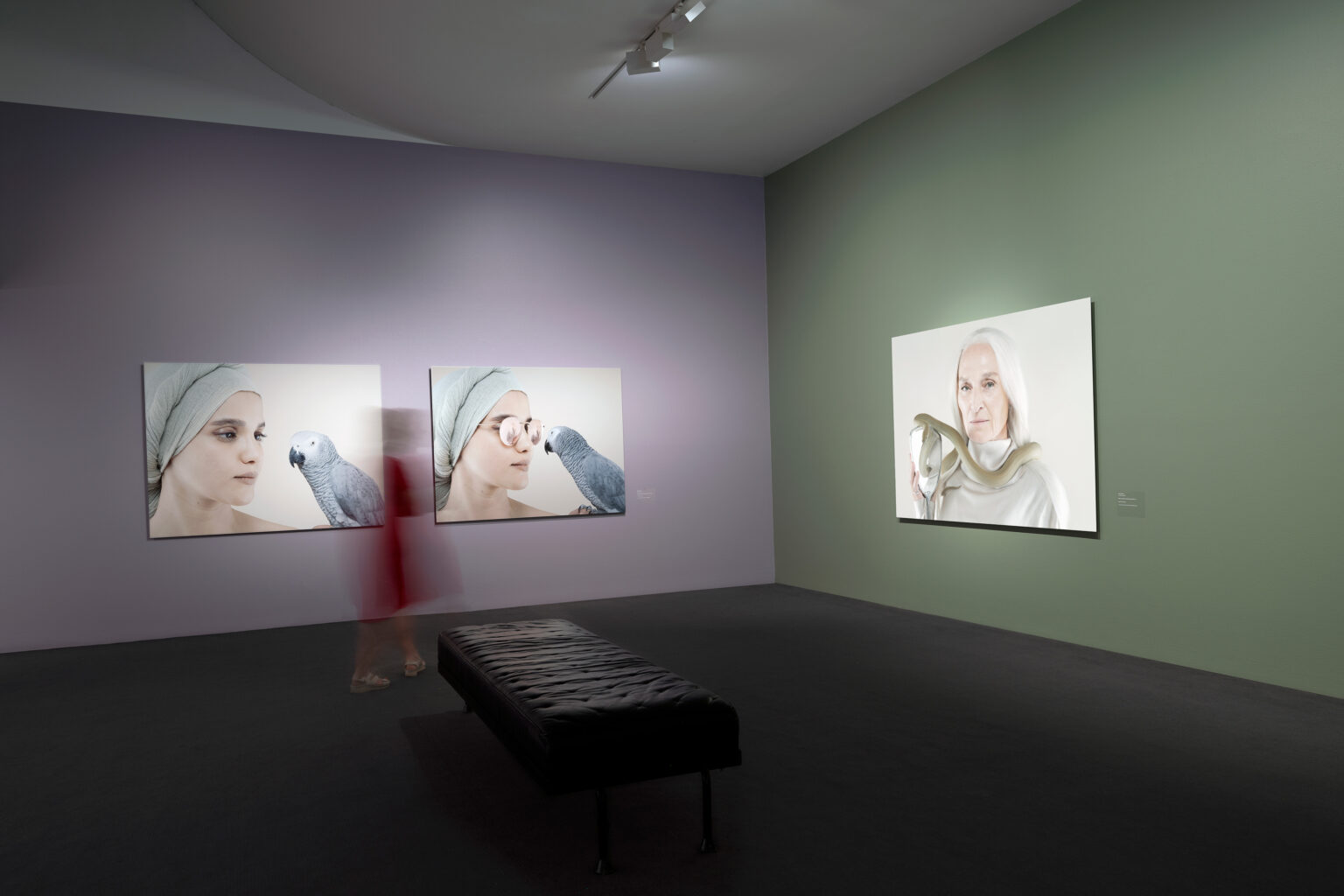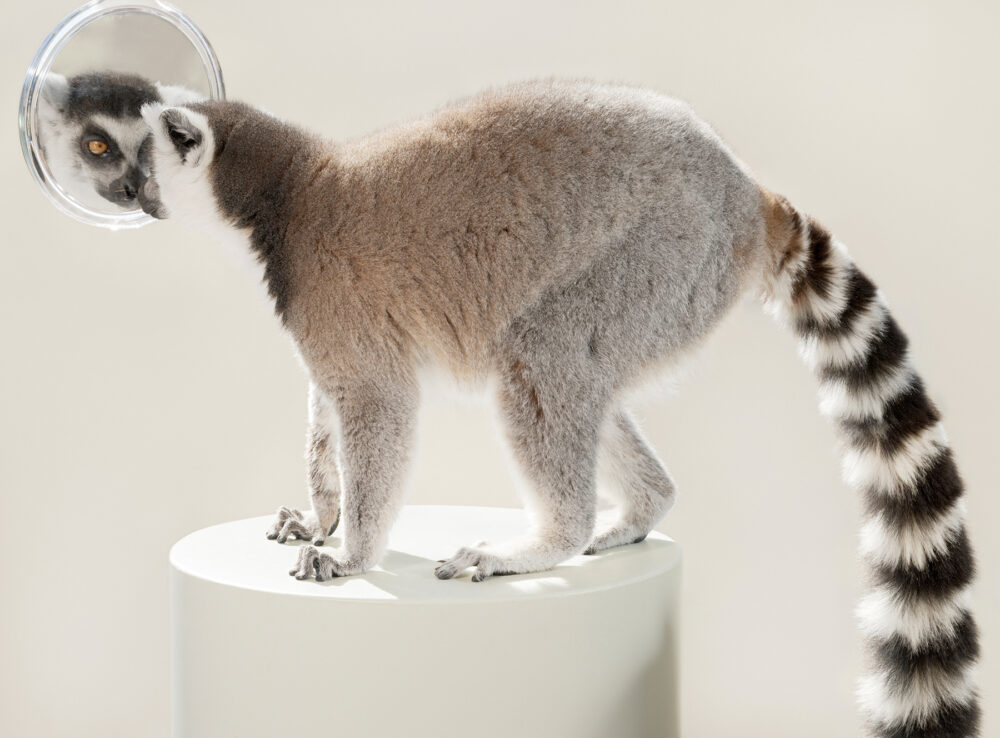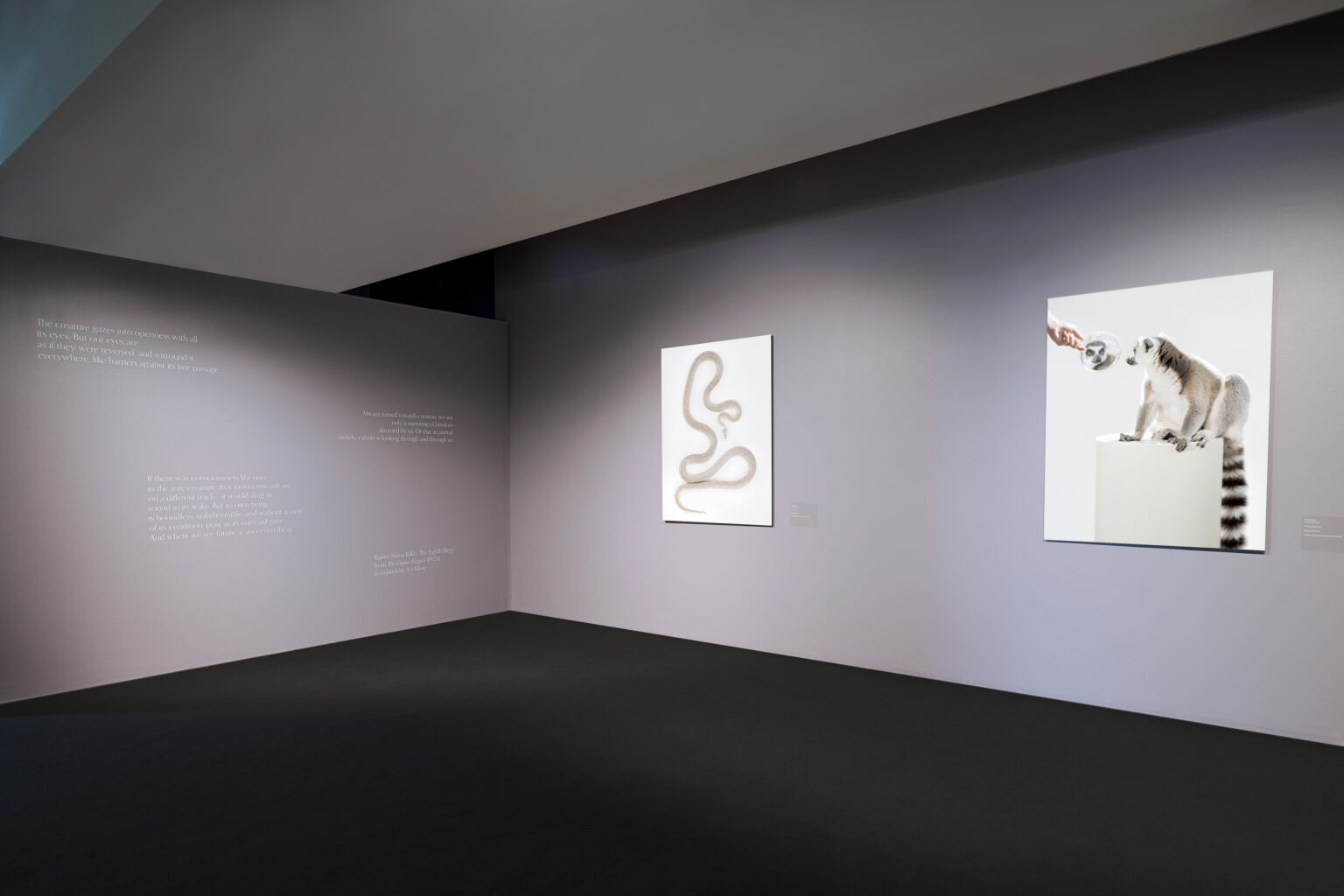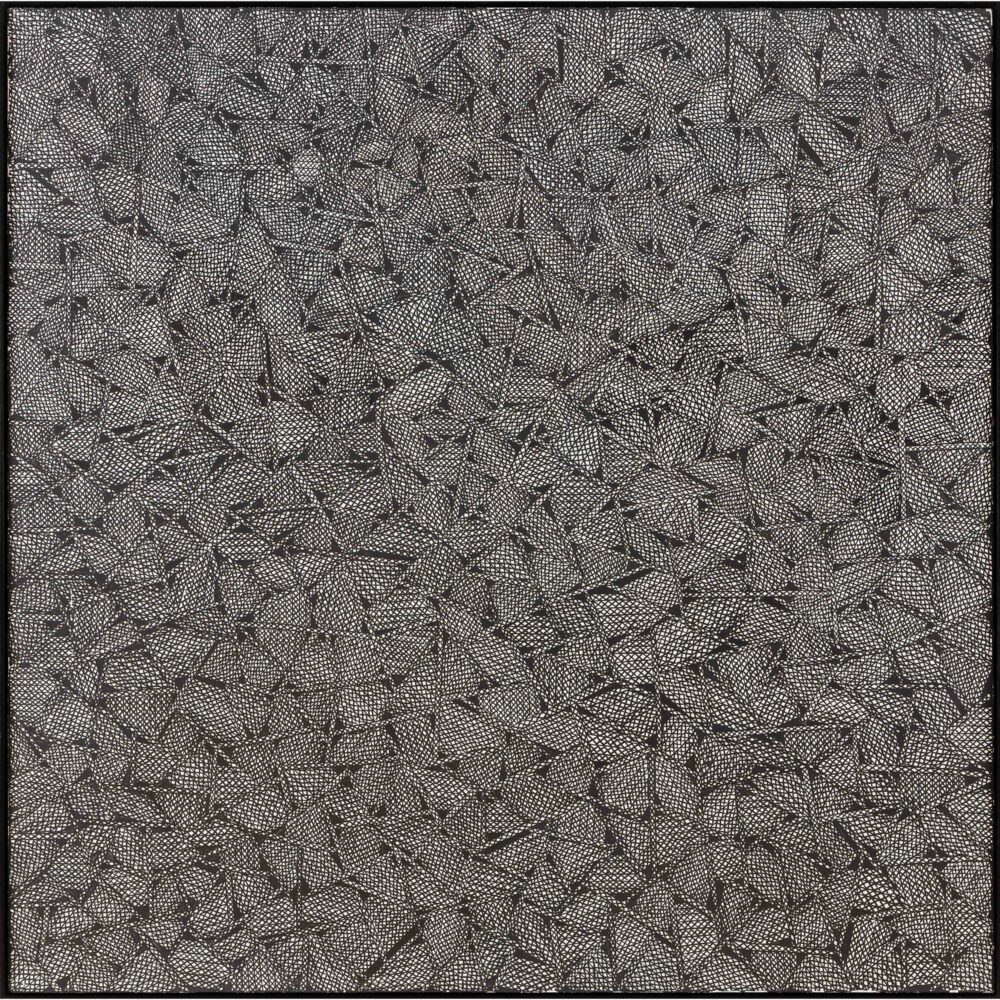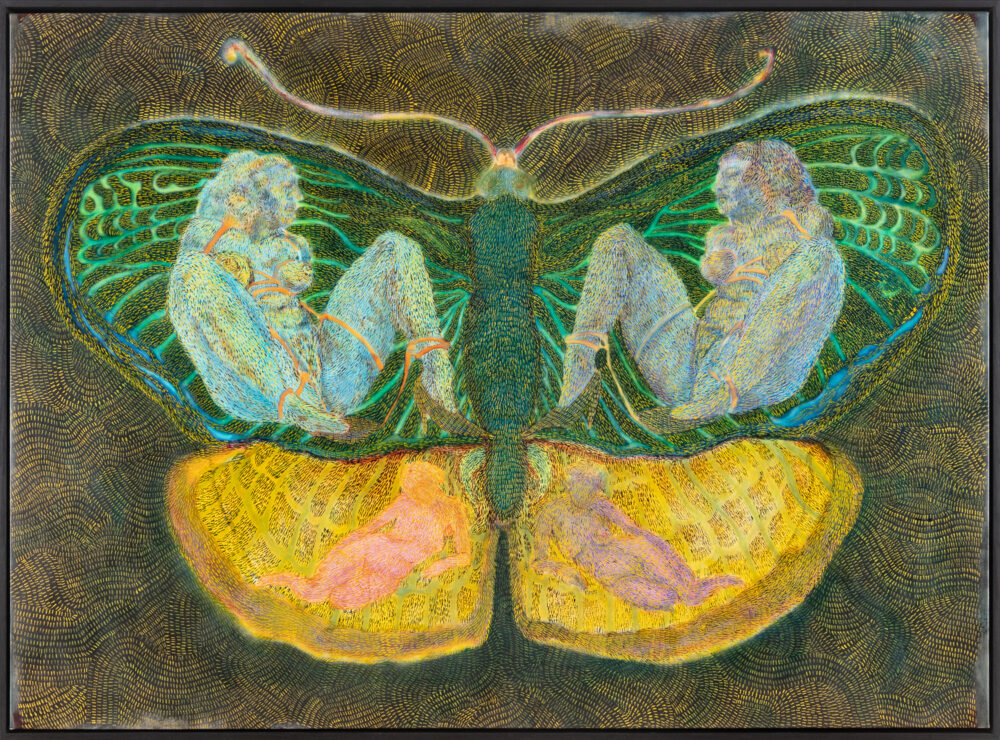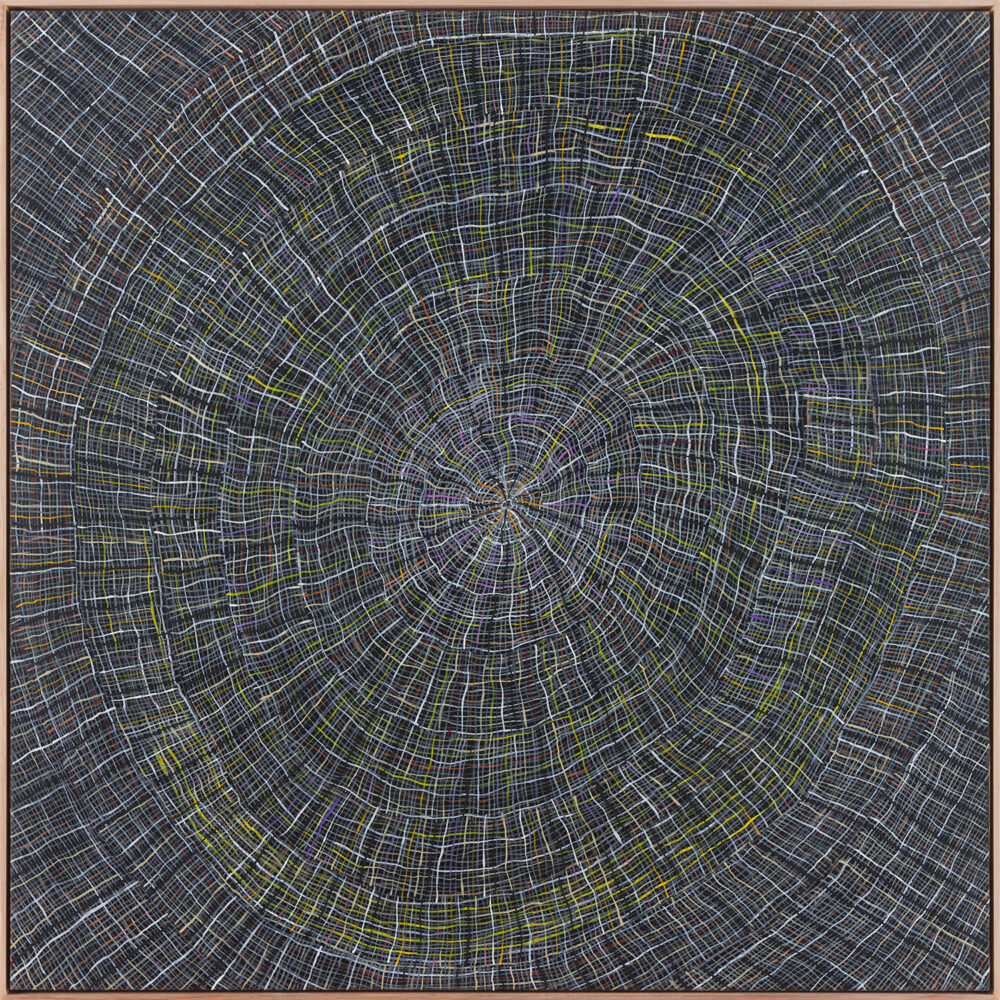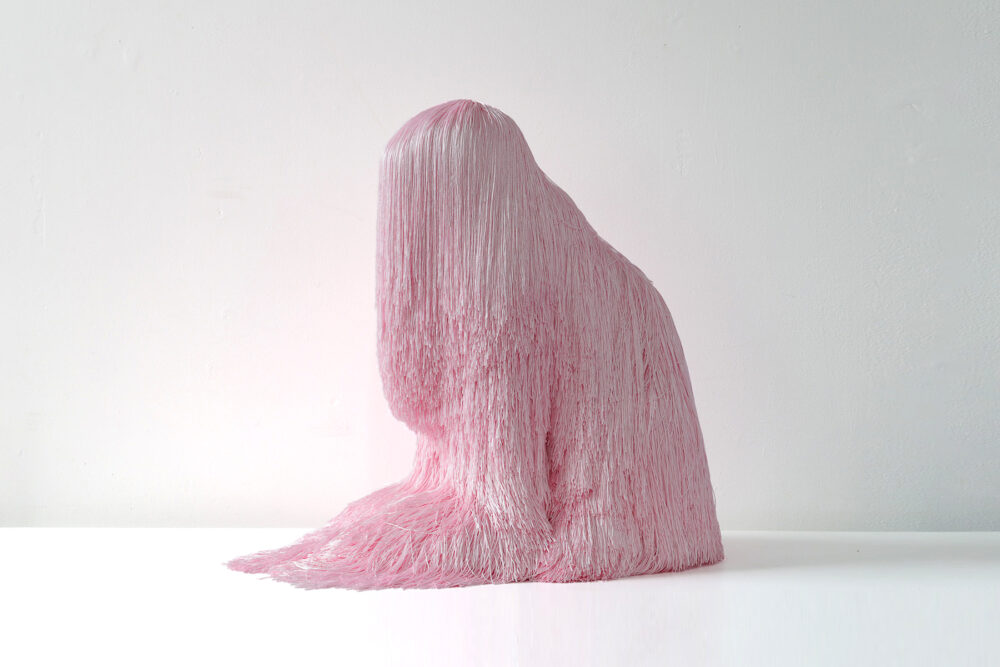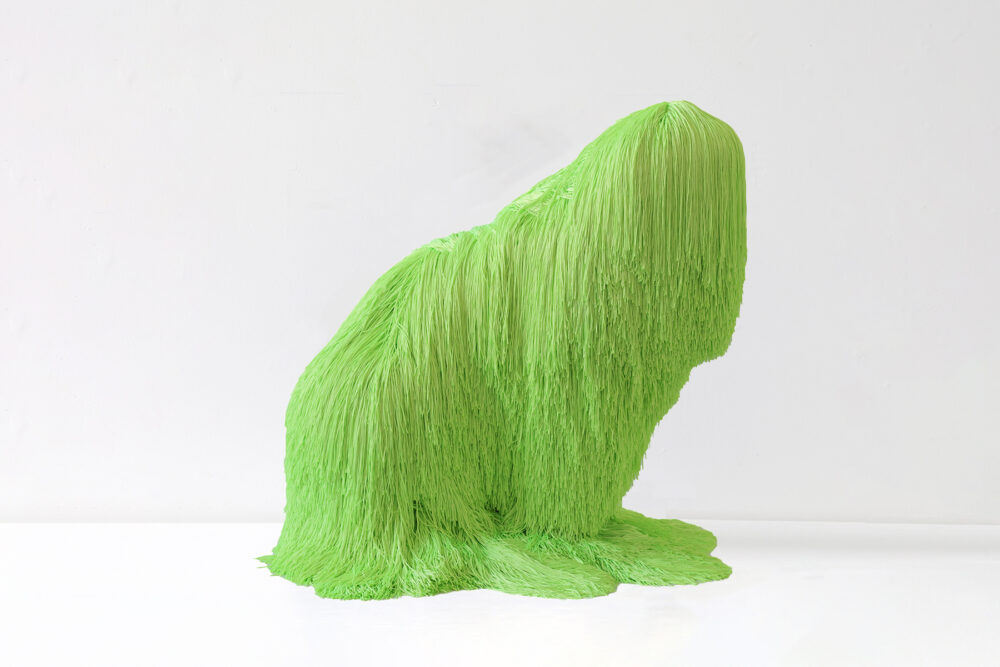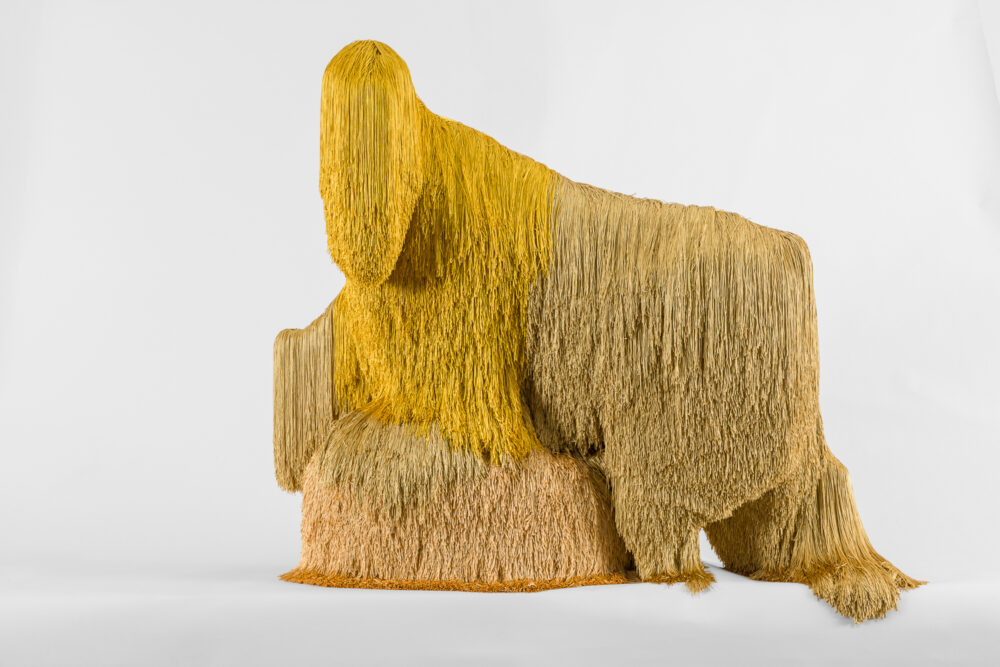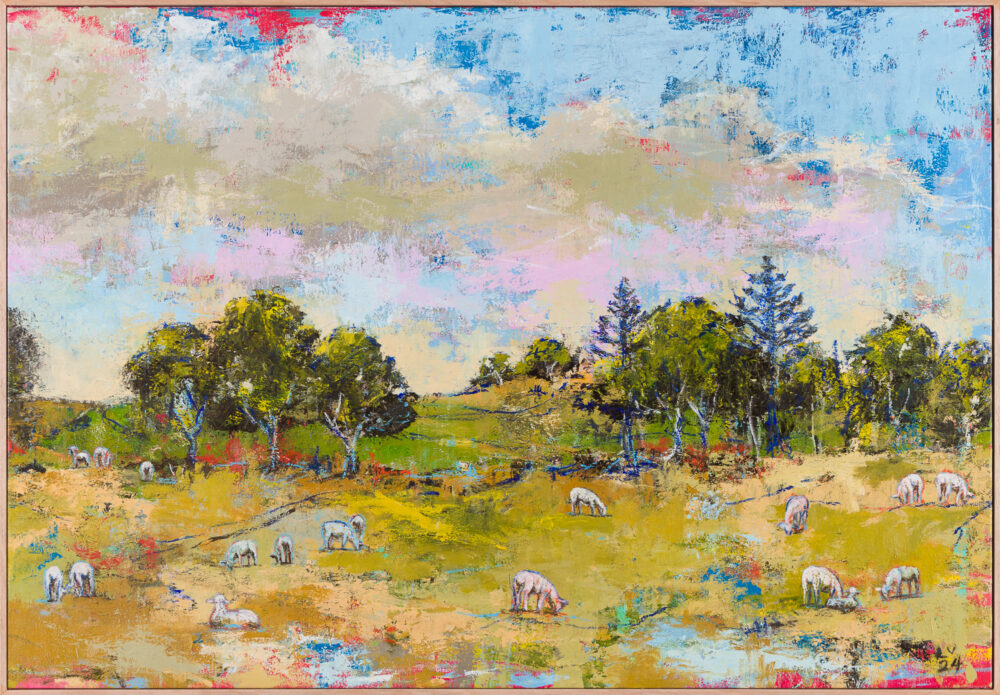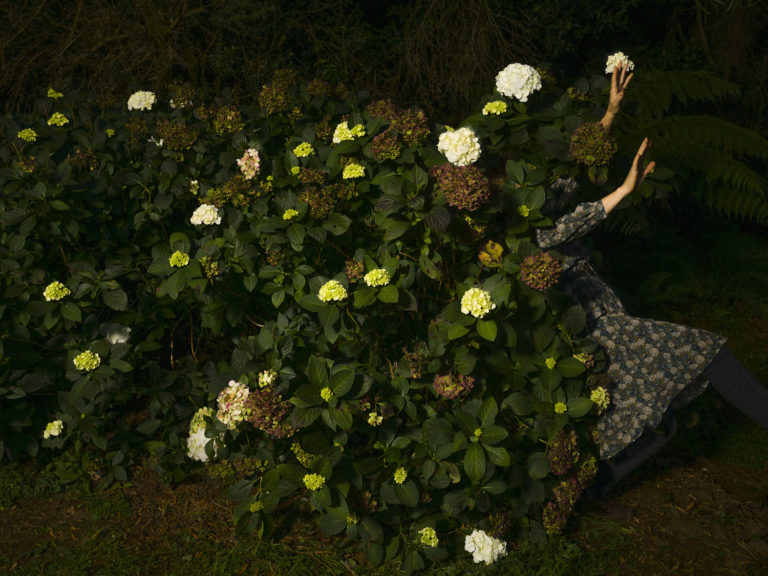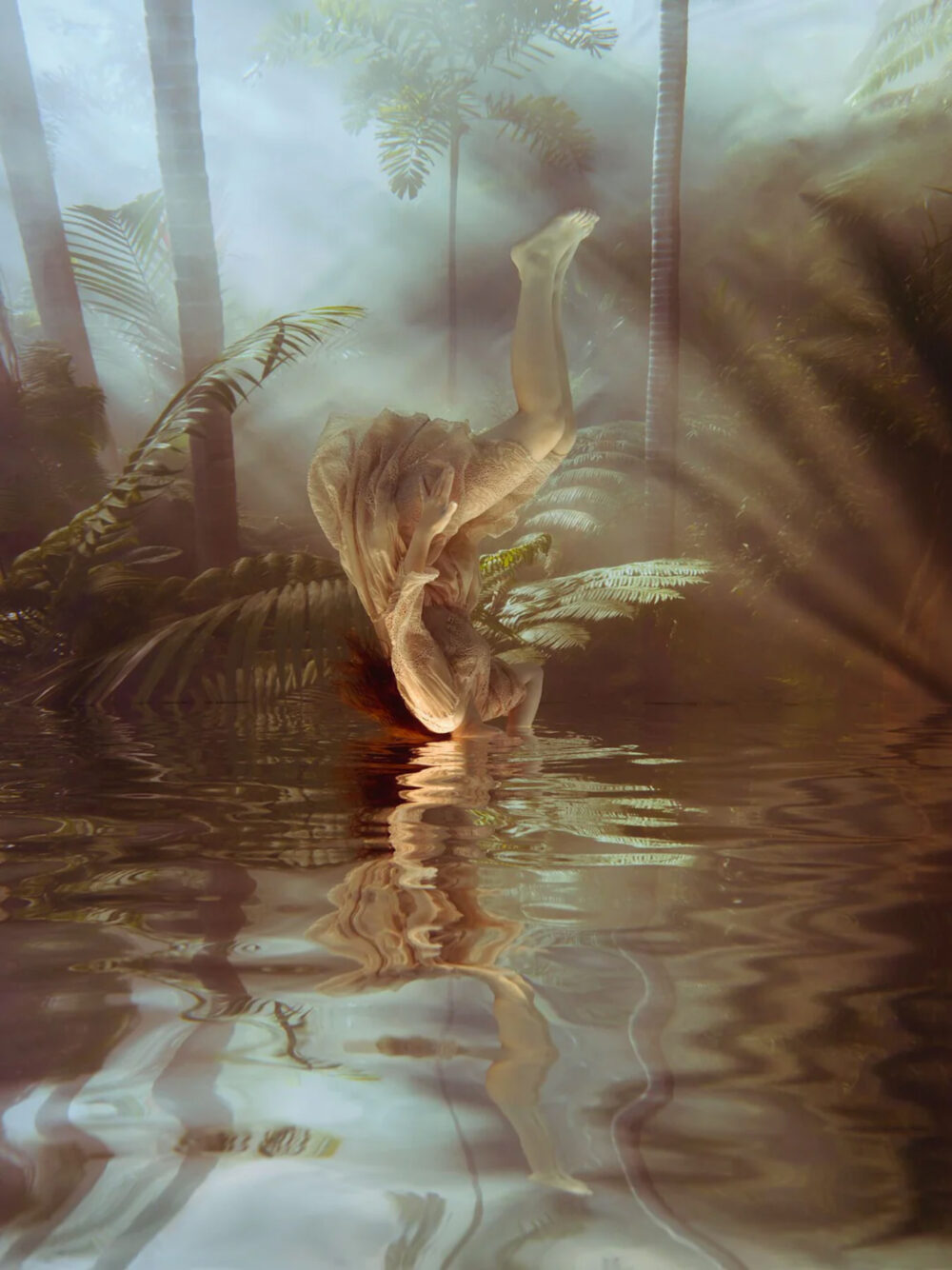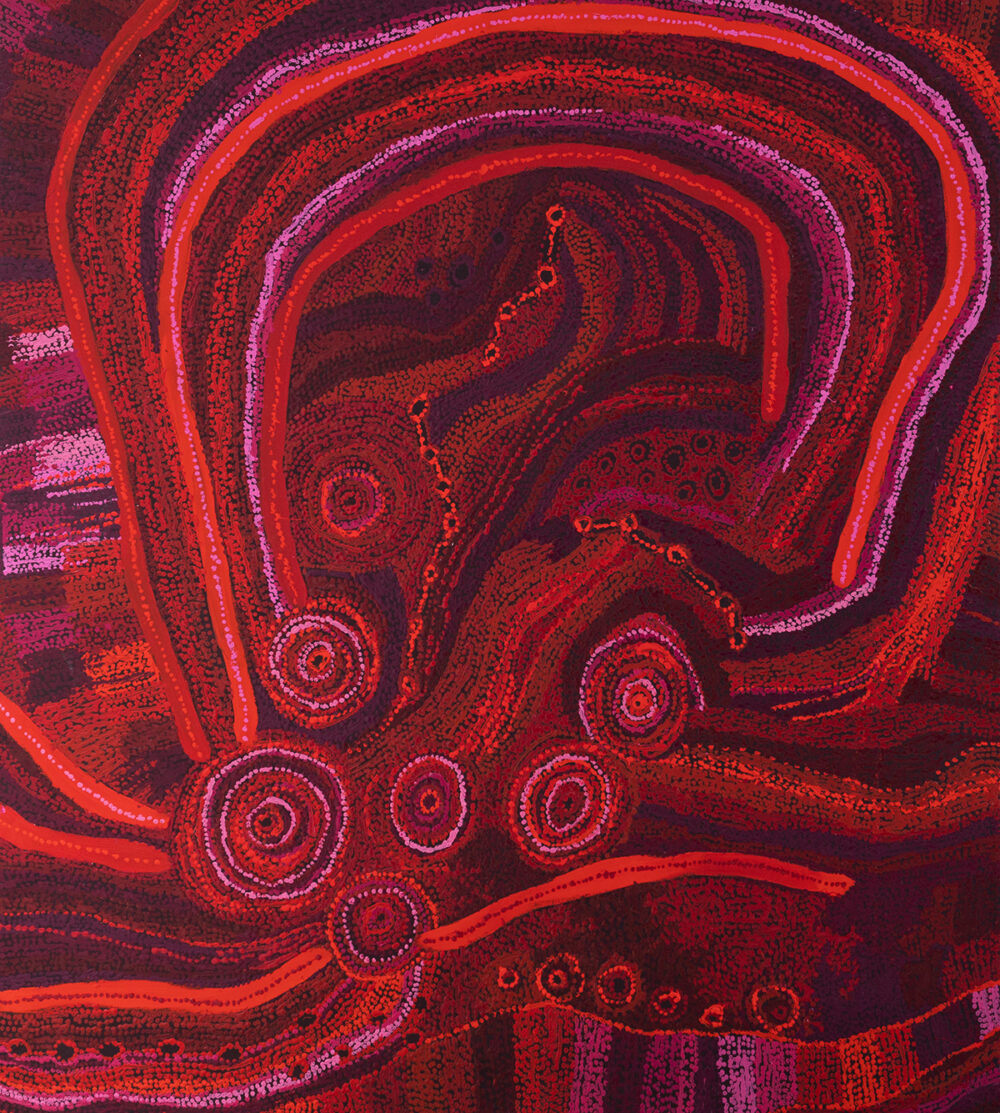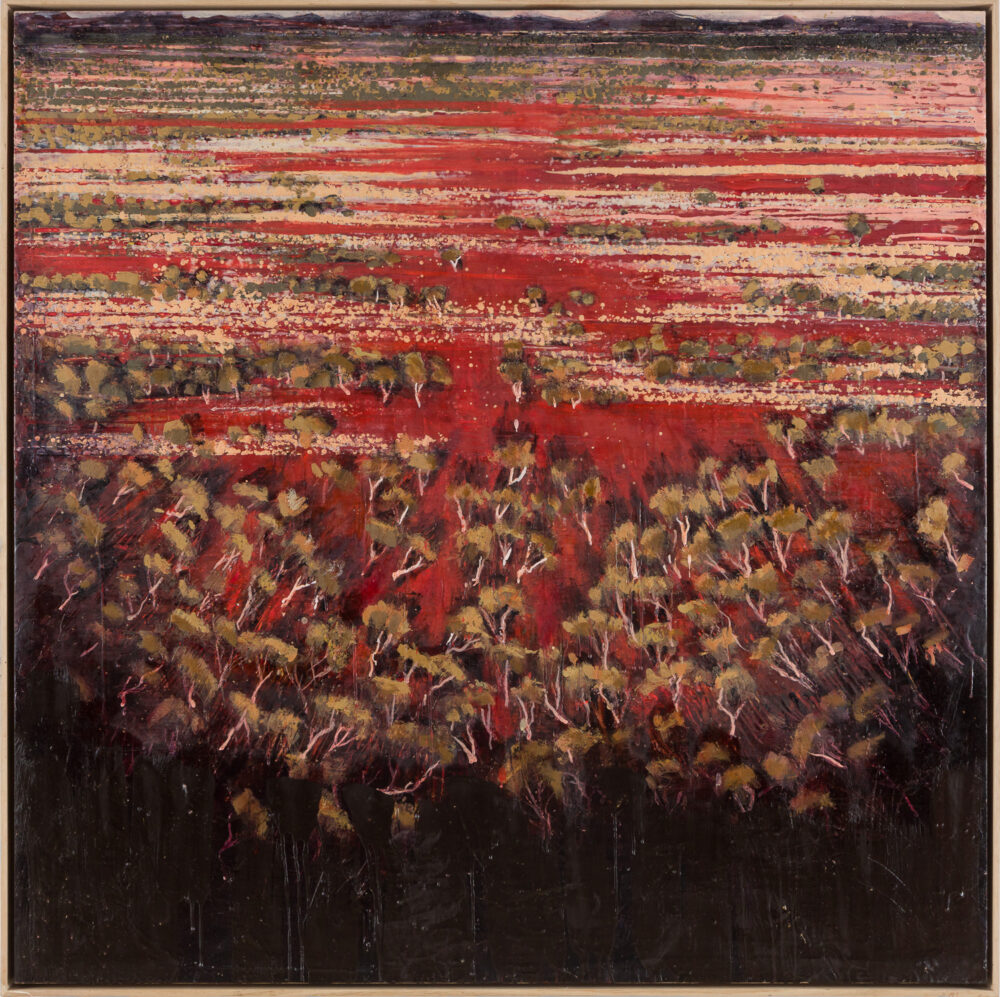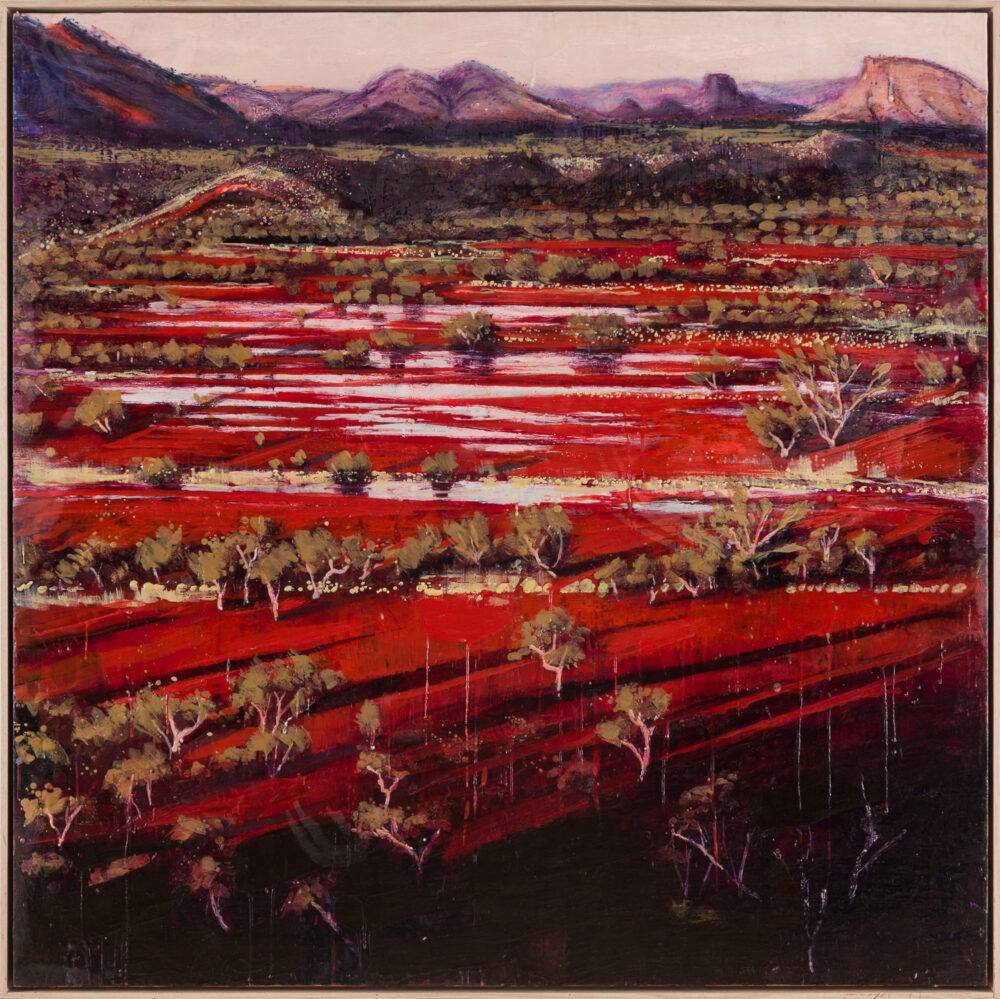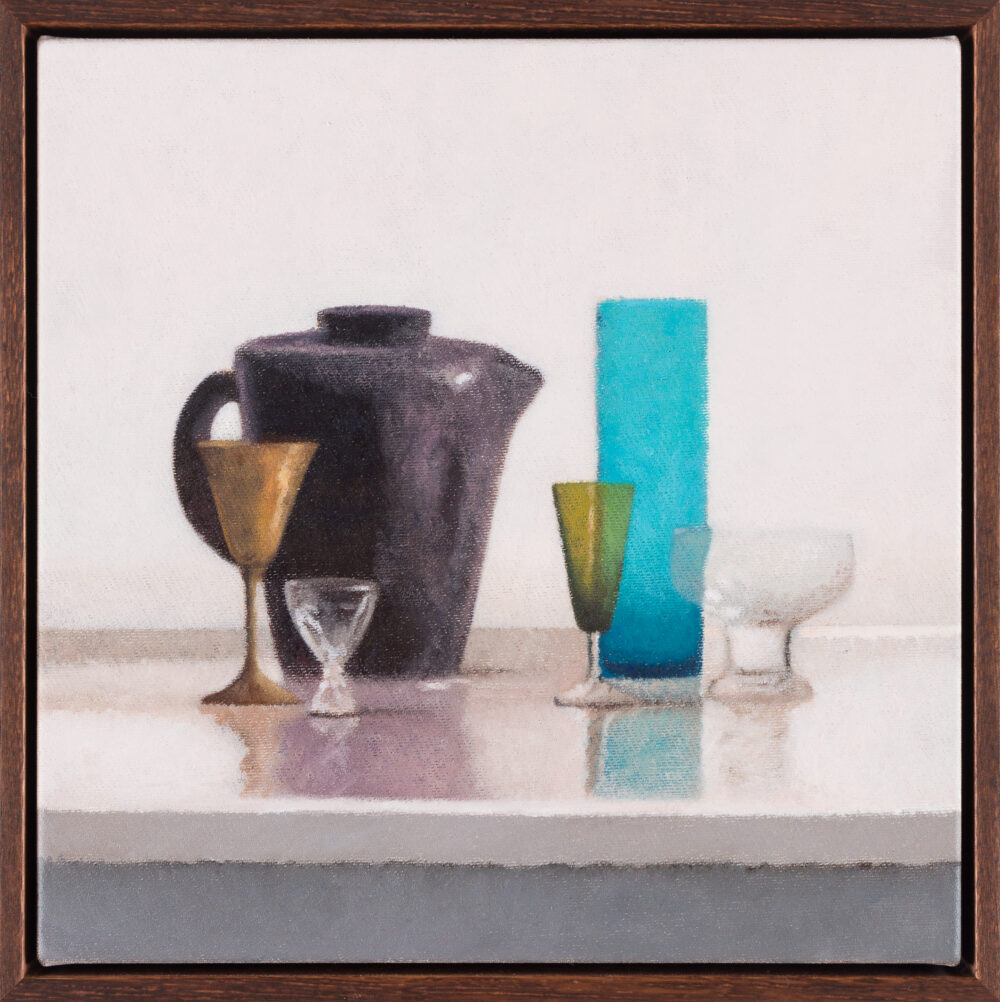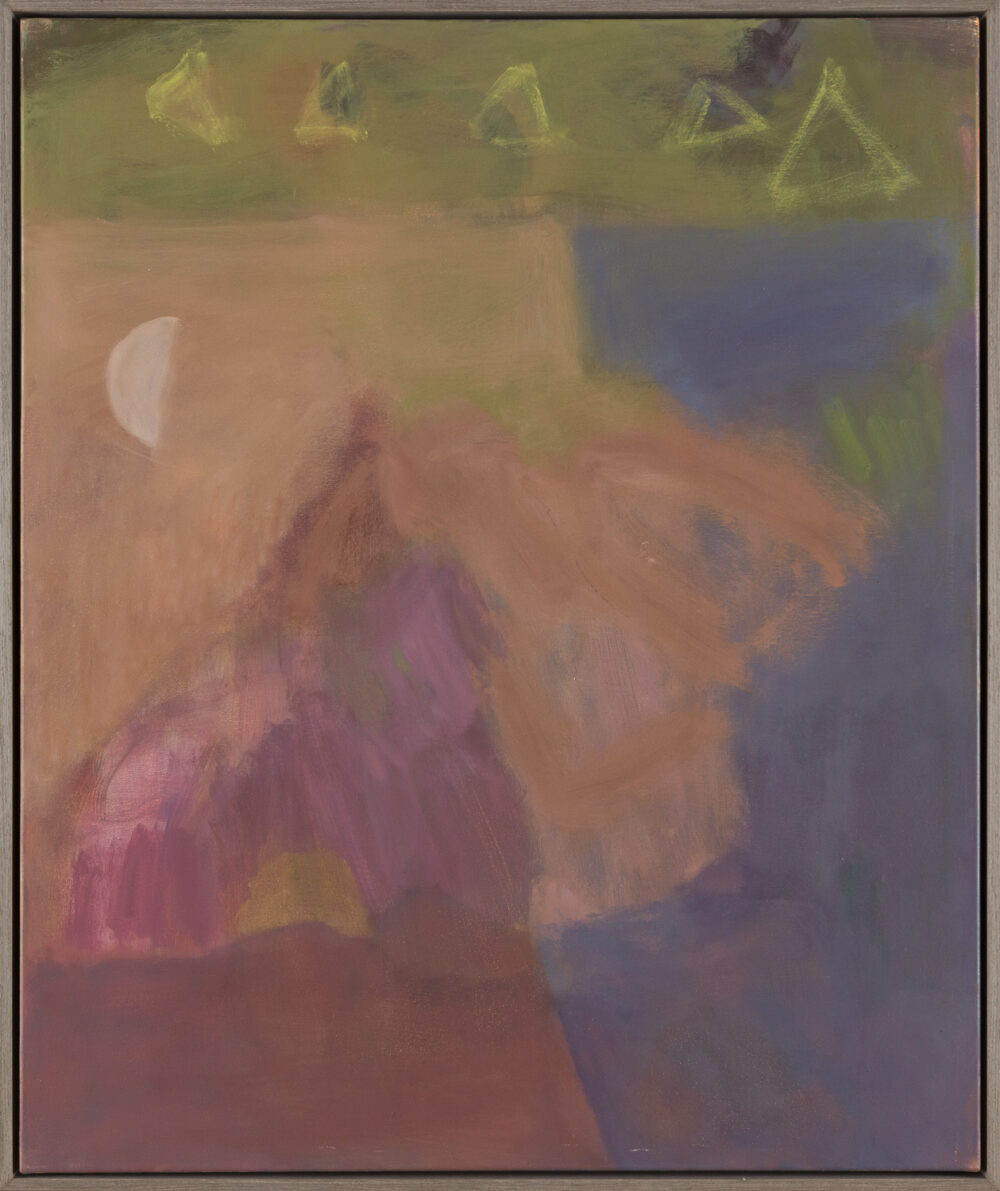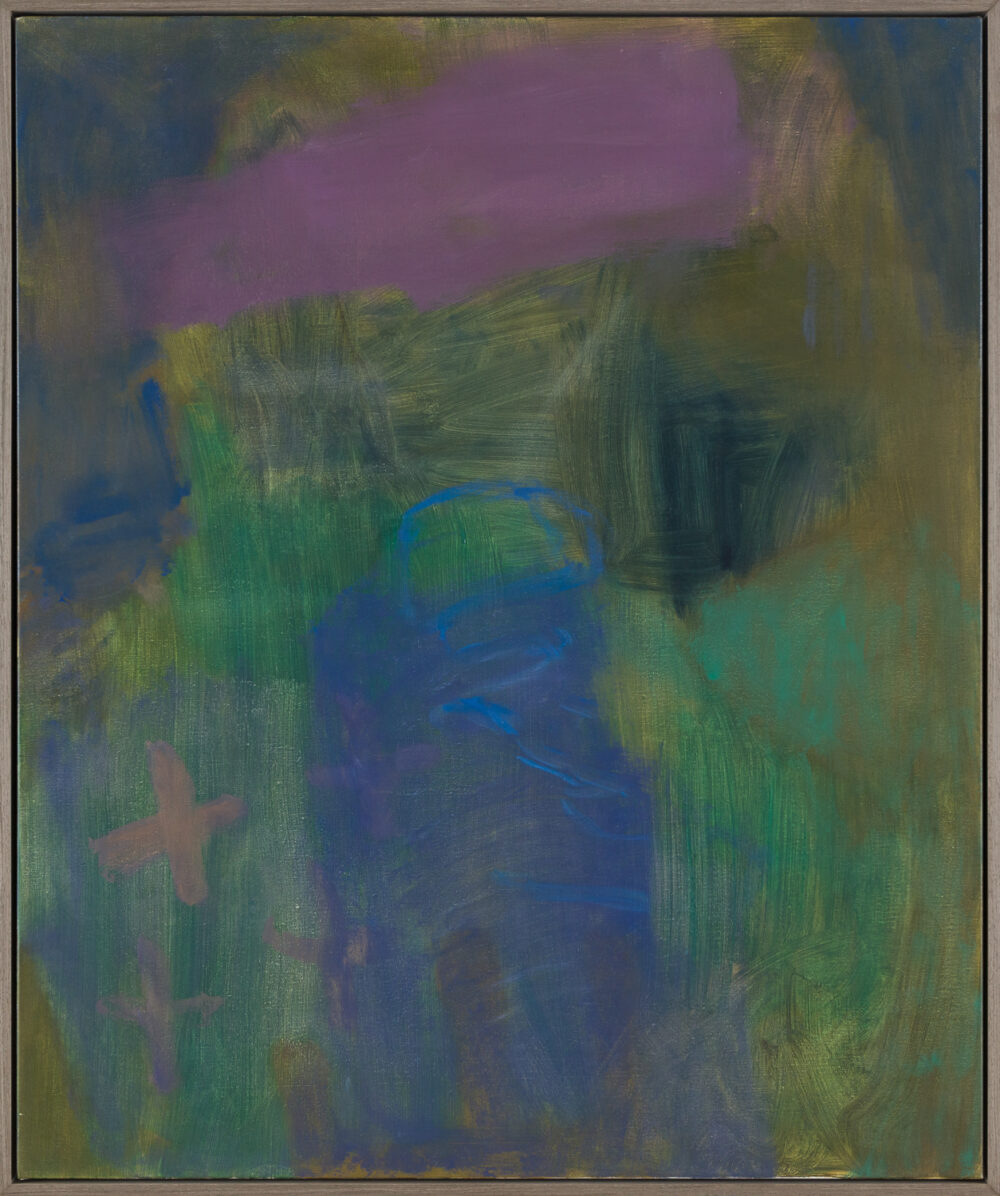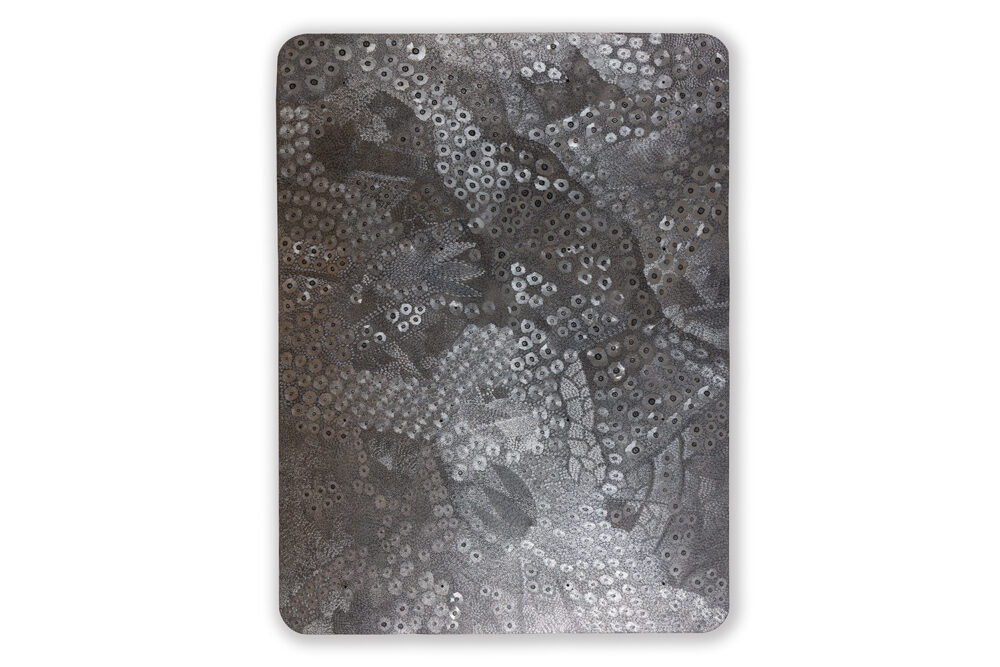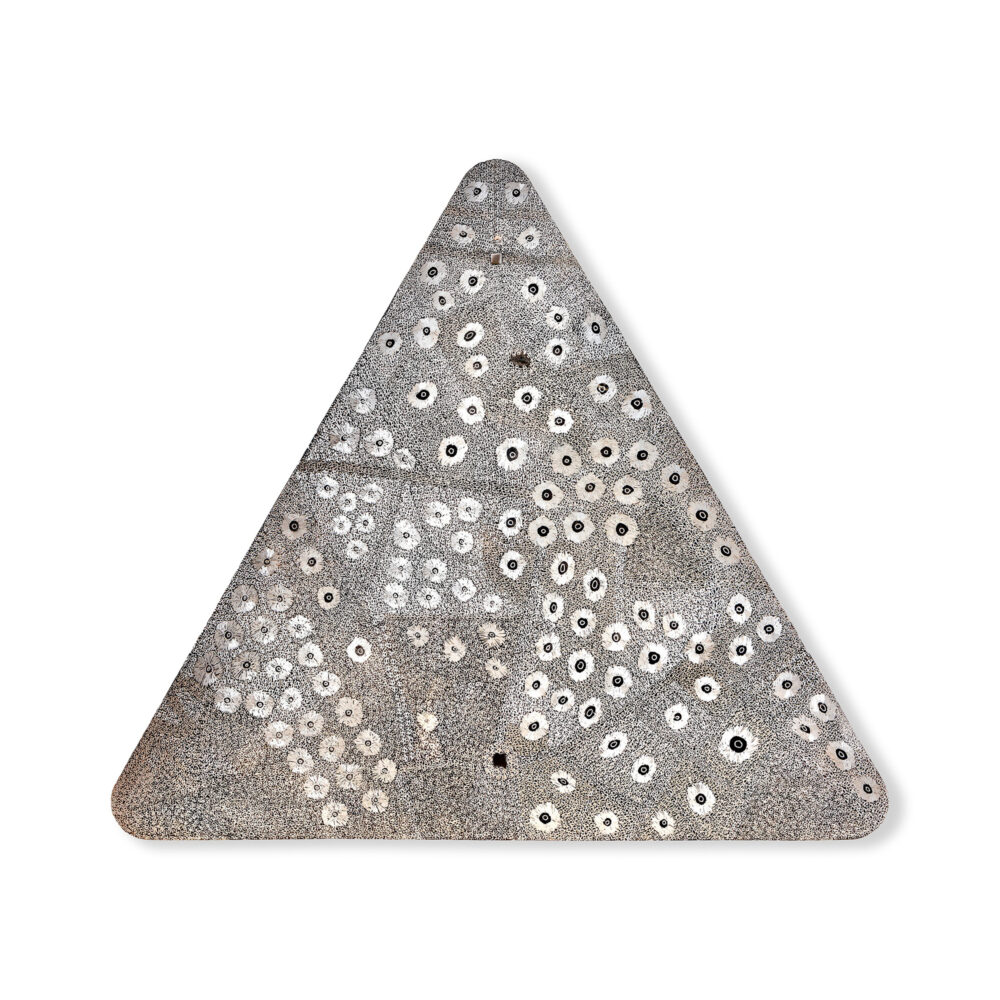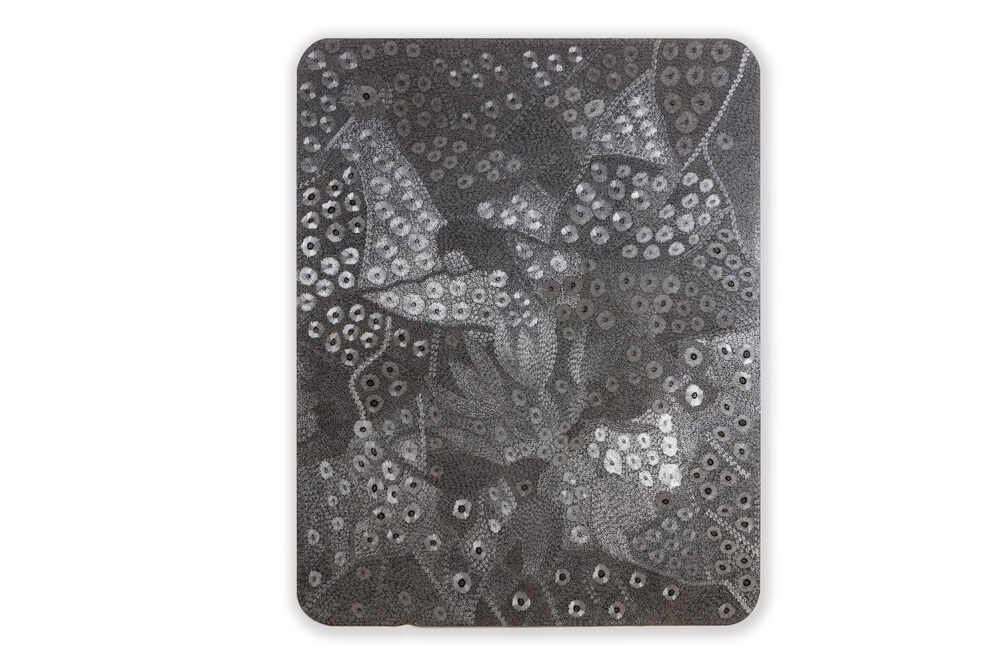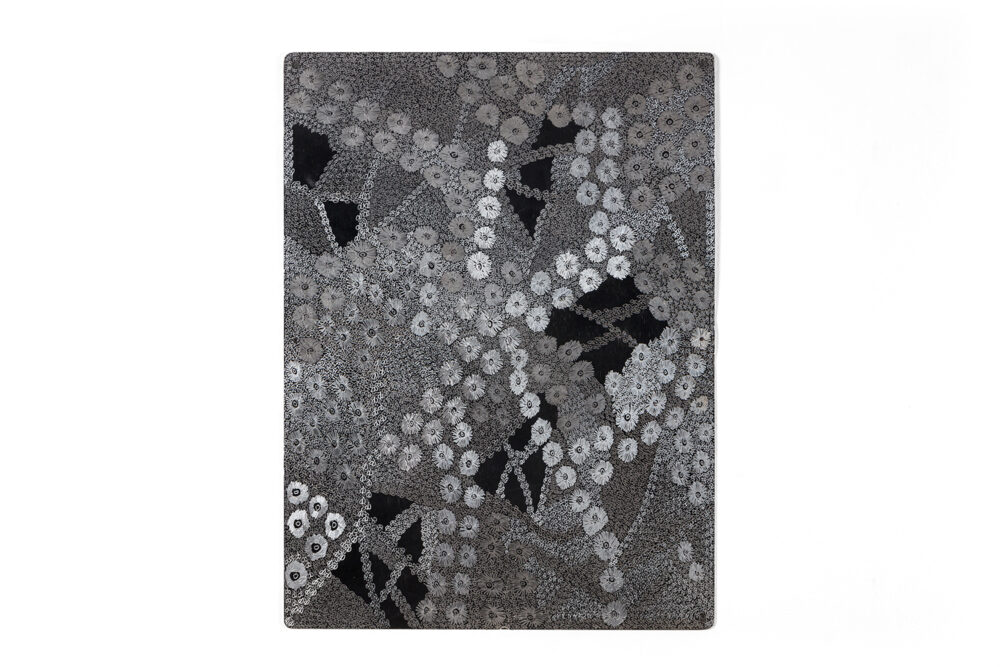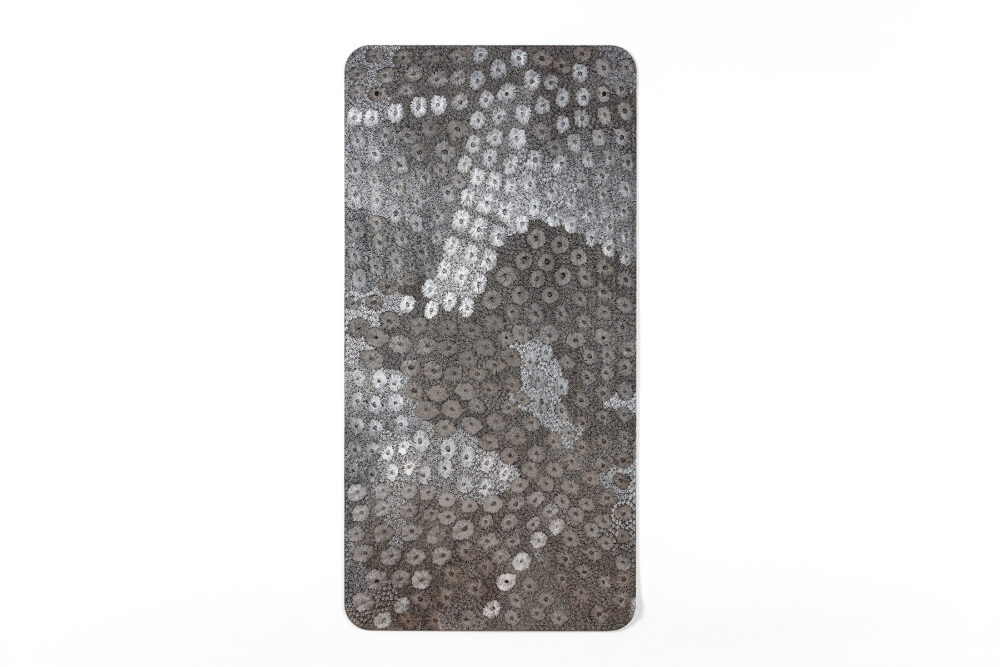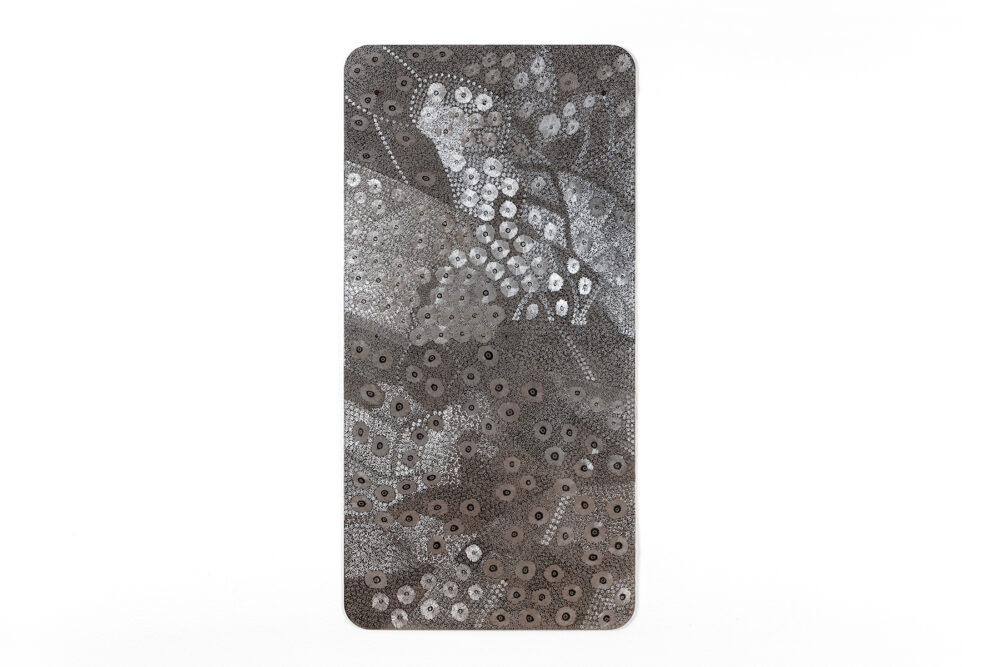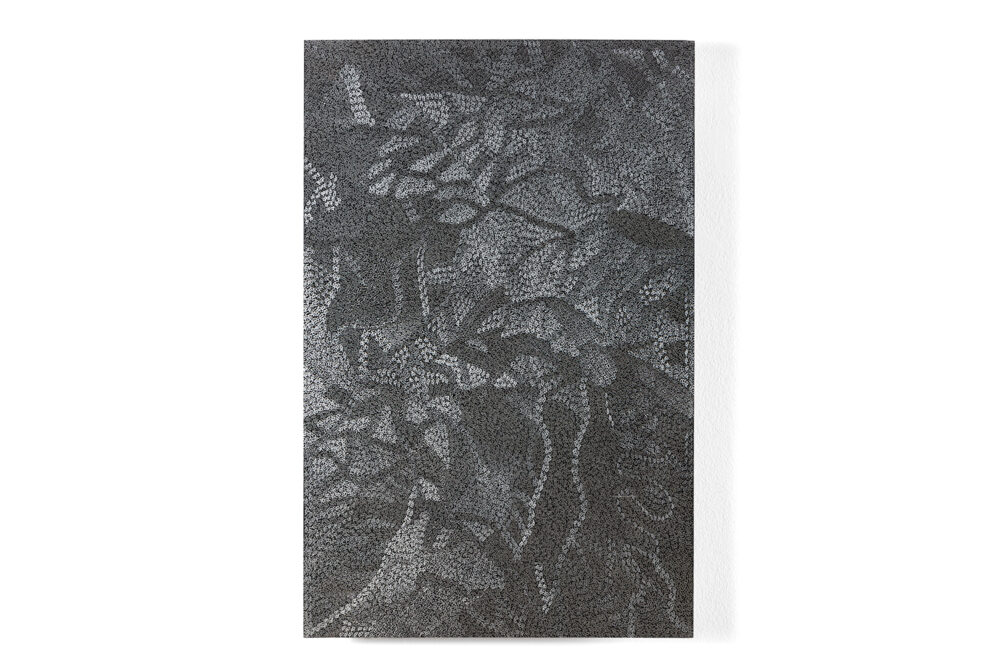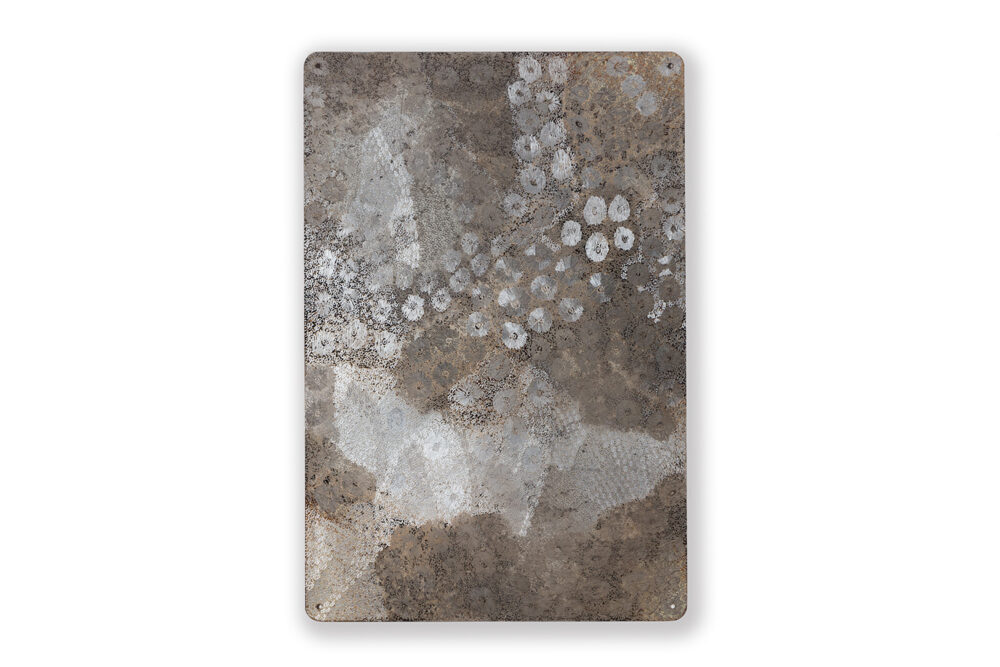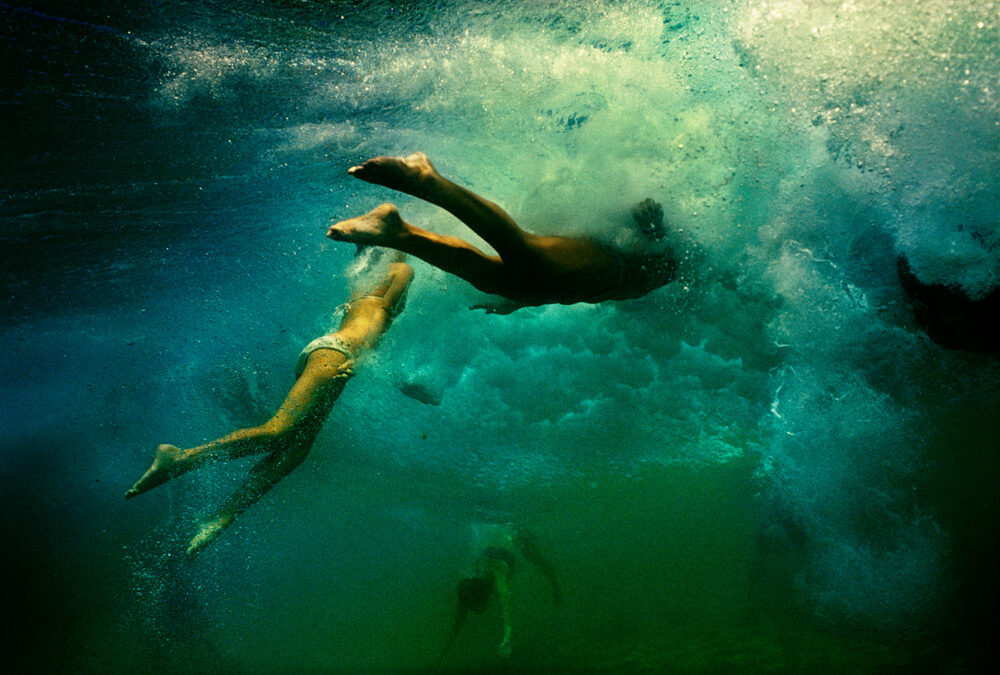Michael Reid Sydney + Berlin is delighted to present Snakes and mirrors – a spectacular new body of work from one of Australia’s most acclaimed and influential contemporary artists, Petrina Hicks.
After a wonderfully received preview of select works from the series – which featured as part of Hicks’s recent survey show in Perth – Snakes and mirrors has now debuted with an expansive solo presentation at the Museum of Australian Photography in Melbourne, curated by MAPh director Anouska Phizacklea.
Hicks’s large-scale photographs draw from mythology, fables and art history to re-frame contemporary female experience. Permeated with a sense of magical realism, animals and females often appear together to represent aspects of the psyche and allude to the complexities of female identity.
Central are the porous boundaries between human and animal states and the affinities between females and animals. In Snakes and mirrors, Hicks contemplates the self-awareness of animals and our desire to understand the phenomenology of animal life from a human perspective. Underpinning this series is an exploration of animal consciousness: how do animals experience the universe?
Hicks was moved by Austrian poet Rainer Maria Rilke’s Eighth Duino Elegy, which portrays the mystical relationship between humans and animals and contemplates how they experience time and phenomena differently. For Rilke, humans perceive time as a linear continuum of past, present and future, while animals exist in a unified, harmonious totality different to our worldview.
Within Snakes and mirrors, Hicks challenges the traditional human-centred vision of the world to emphasise the interconnectedness of humans and animals – serpents, birds, monkeys and humans bind together, blurring the boundaries between the two in intimate vignettes that propose time in stasis.
Hicks’s MAPh exhibition marks the capstone to a remarkable year for the internationally celebrated artist. It arrives after the record-breaking secondary sale of her 2005 work Shenae and Jade, followed by another landmark auction result for her 2013 work Venus.
Snakes and mirrors is Hicks’s first institutional showing on this scale since her celebrated retrospective at the National Gallery of Victoria, Bleached Gothic. “In Hicks’s work, we are drawn to the tiniest gesture or detail amplified beyond mundane reality into a zone of the imaginary,” writes curator Isobel Crombie in the lavishly illustrated monograph published alongside the 2019 exhibition.
All works from Snakes and mirrors can be explored and acquired below. For more, please email dean@michaelreid.com.au



